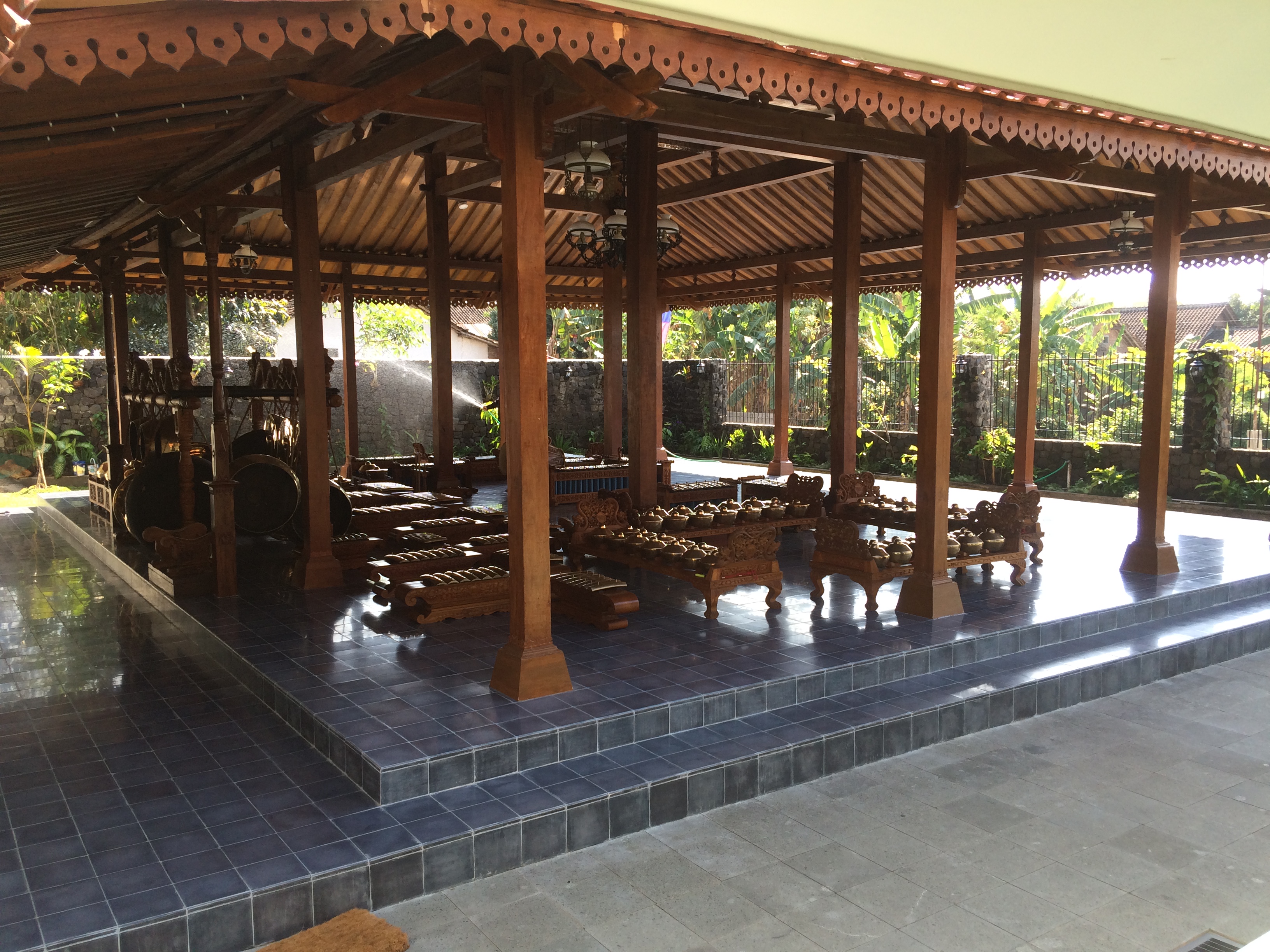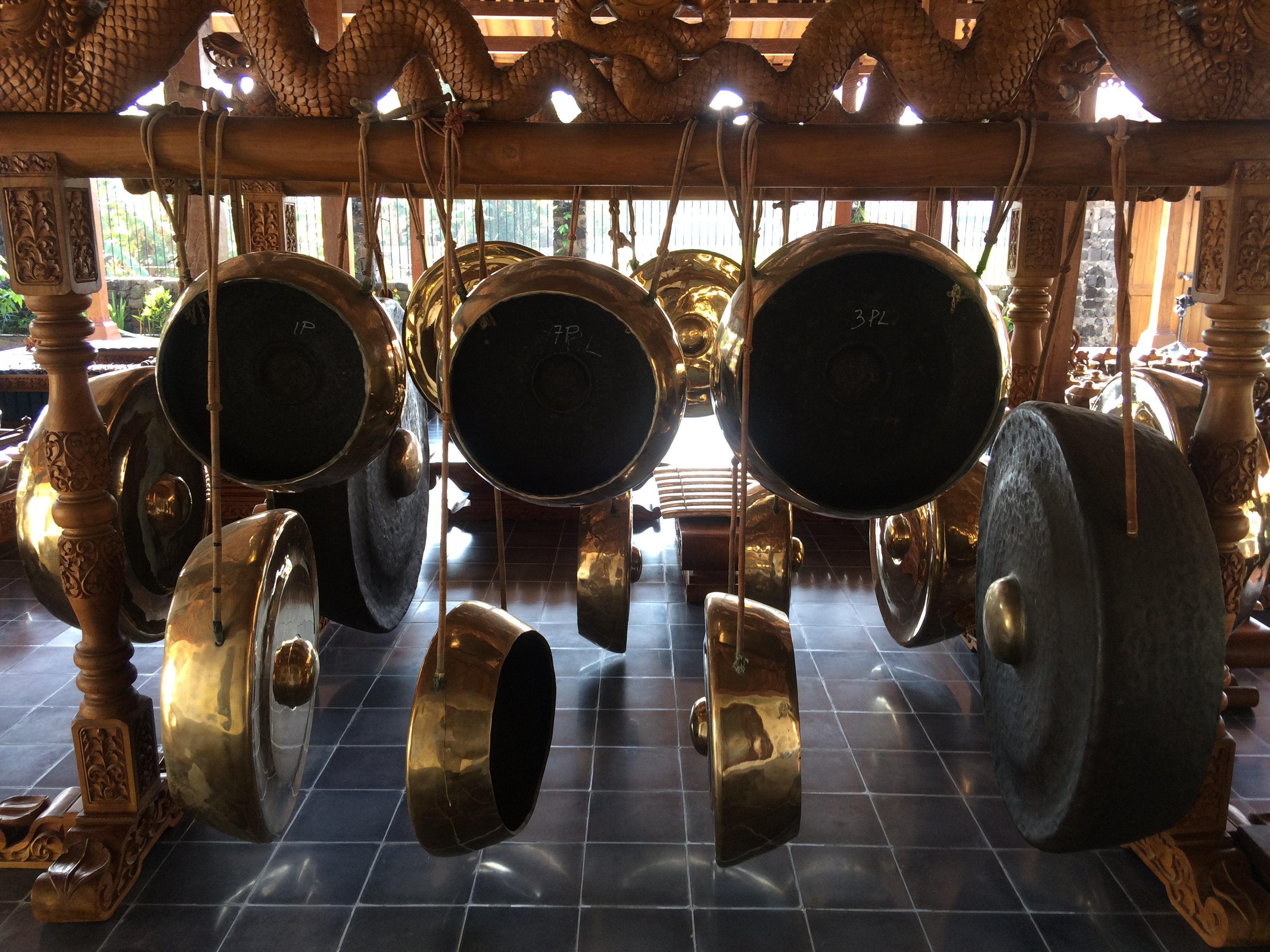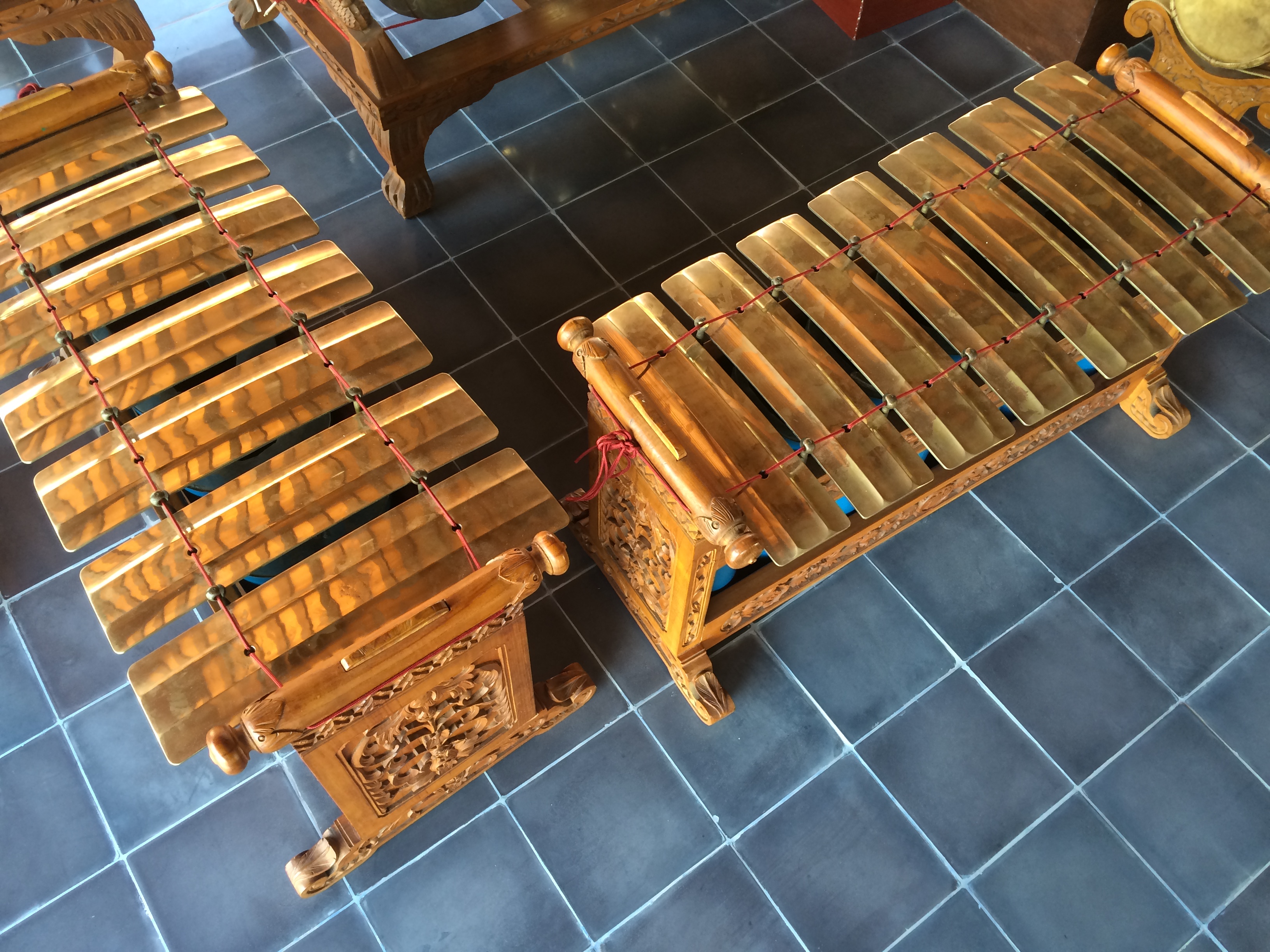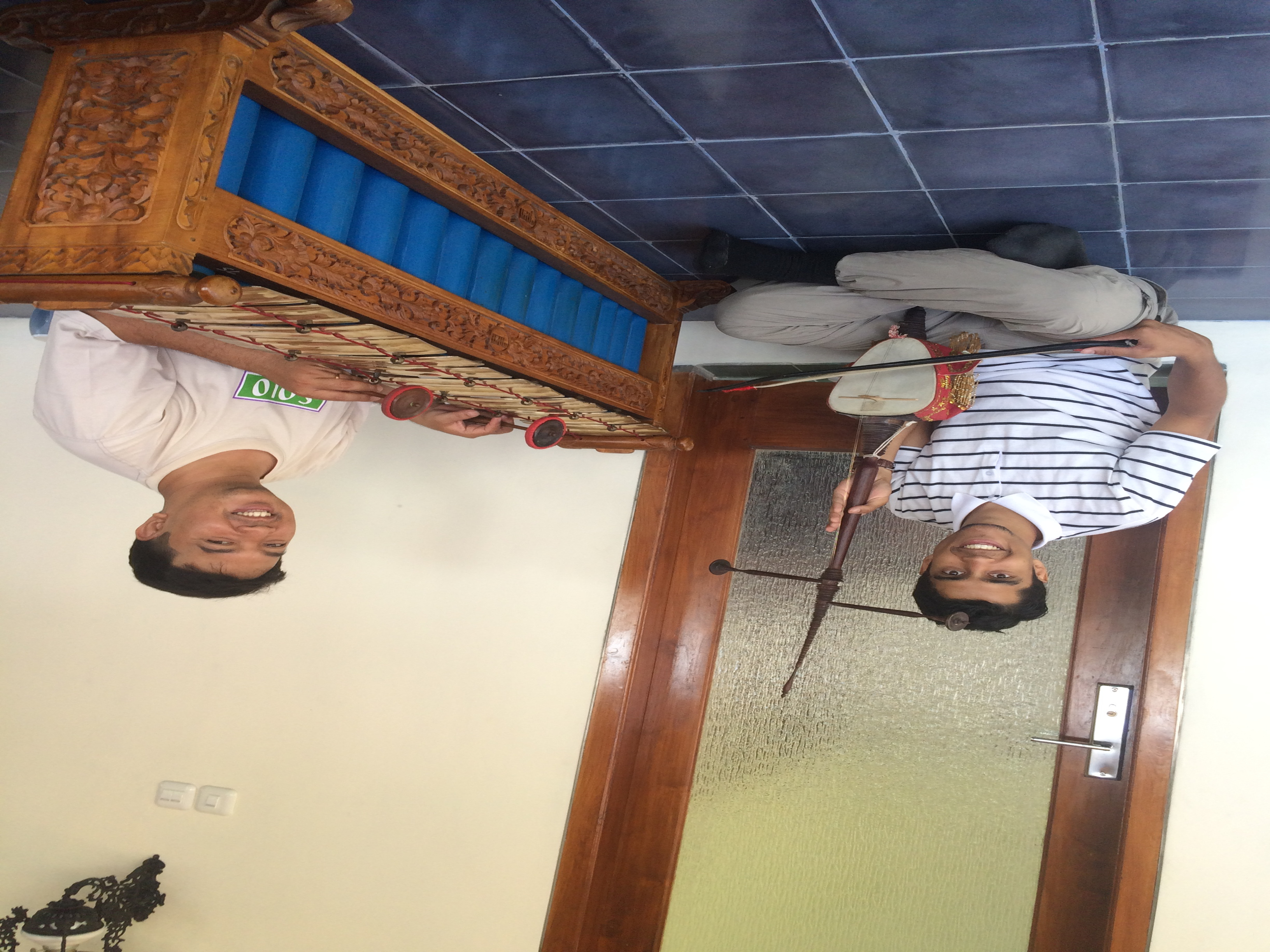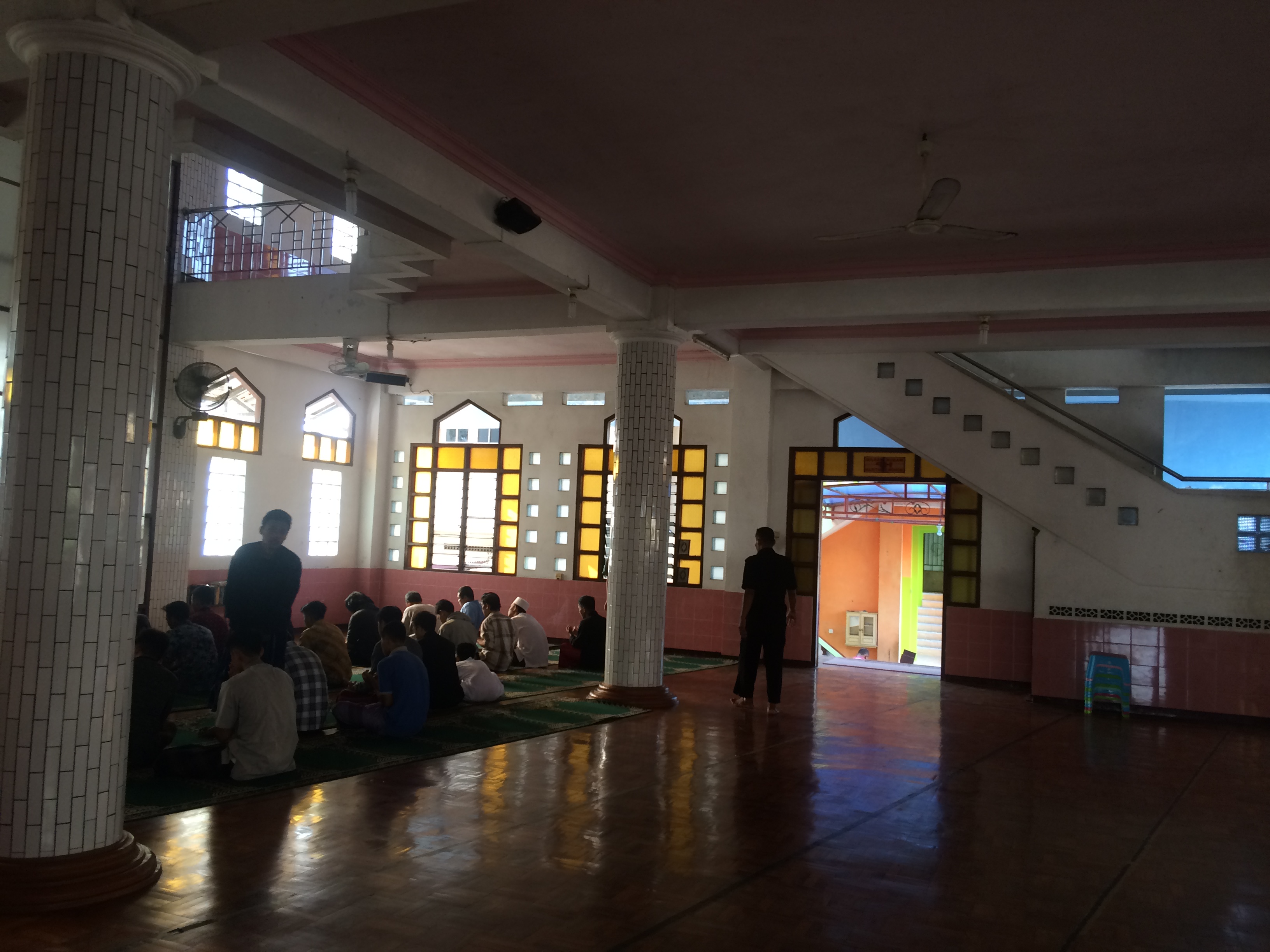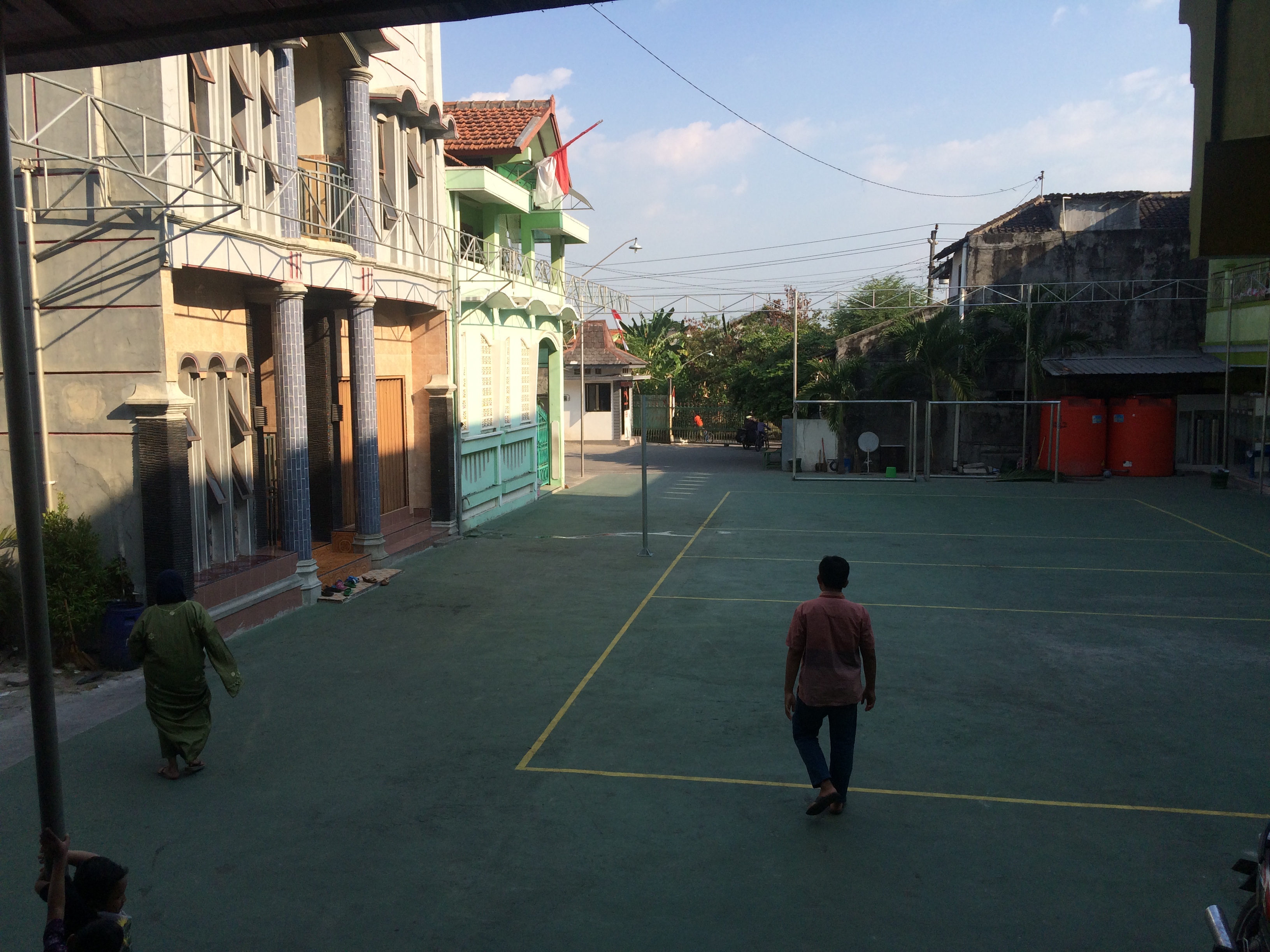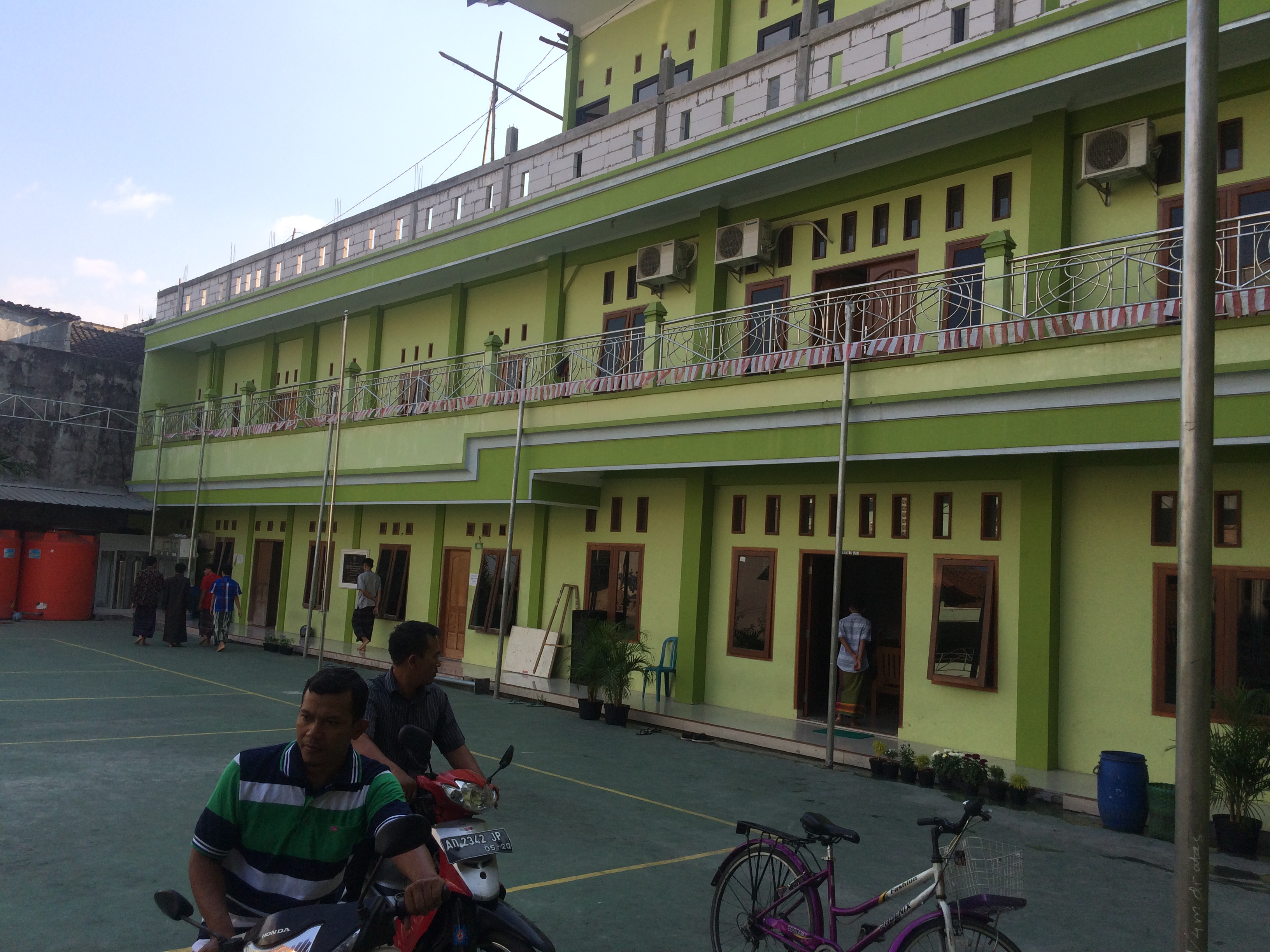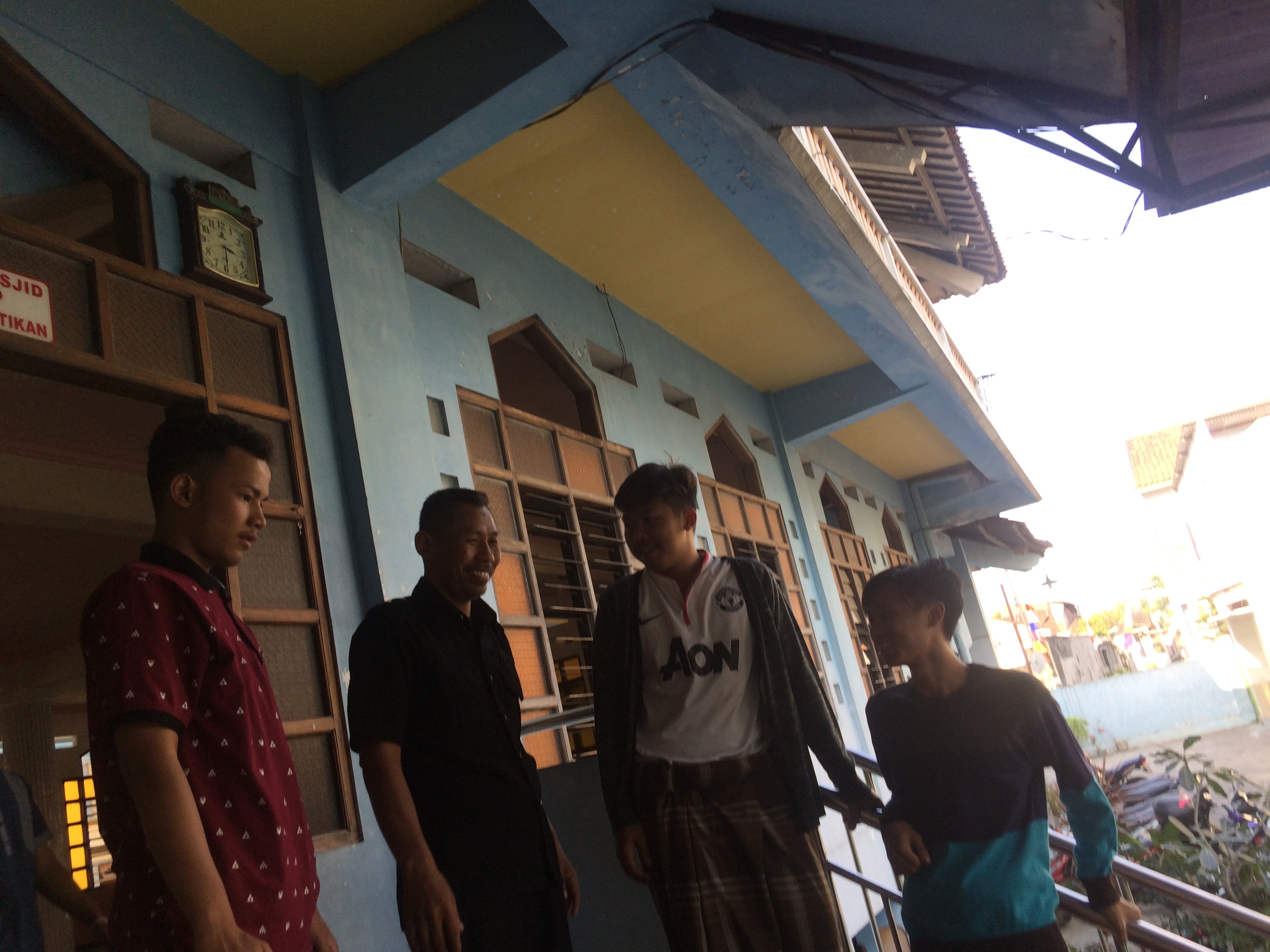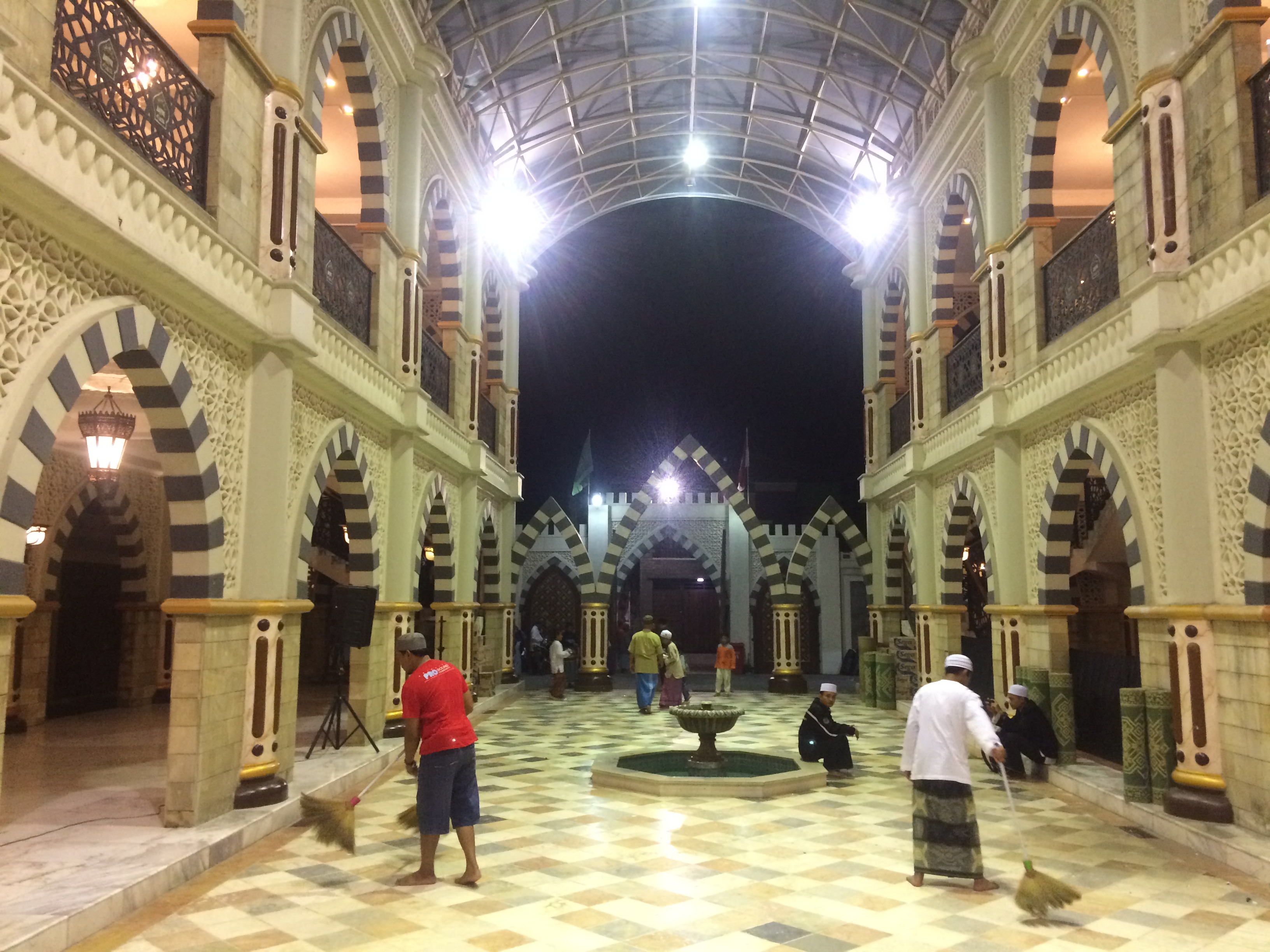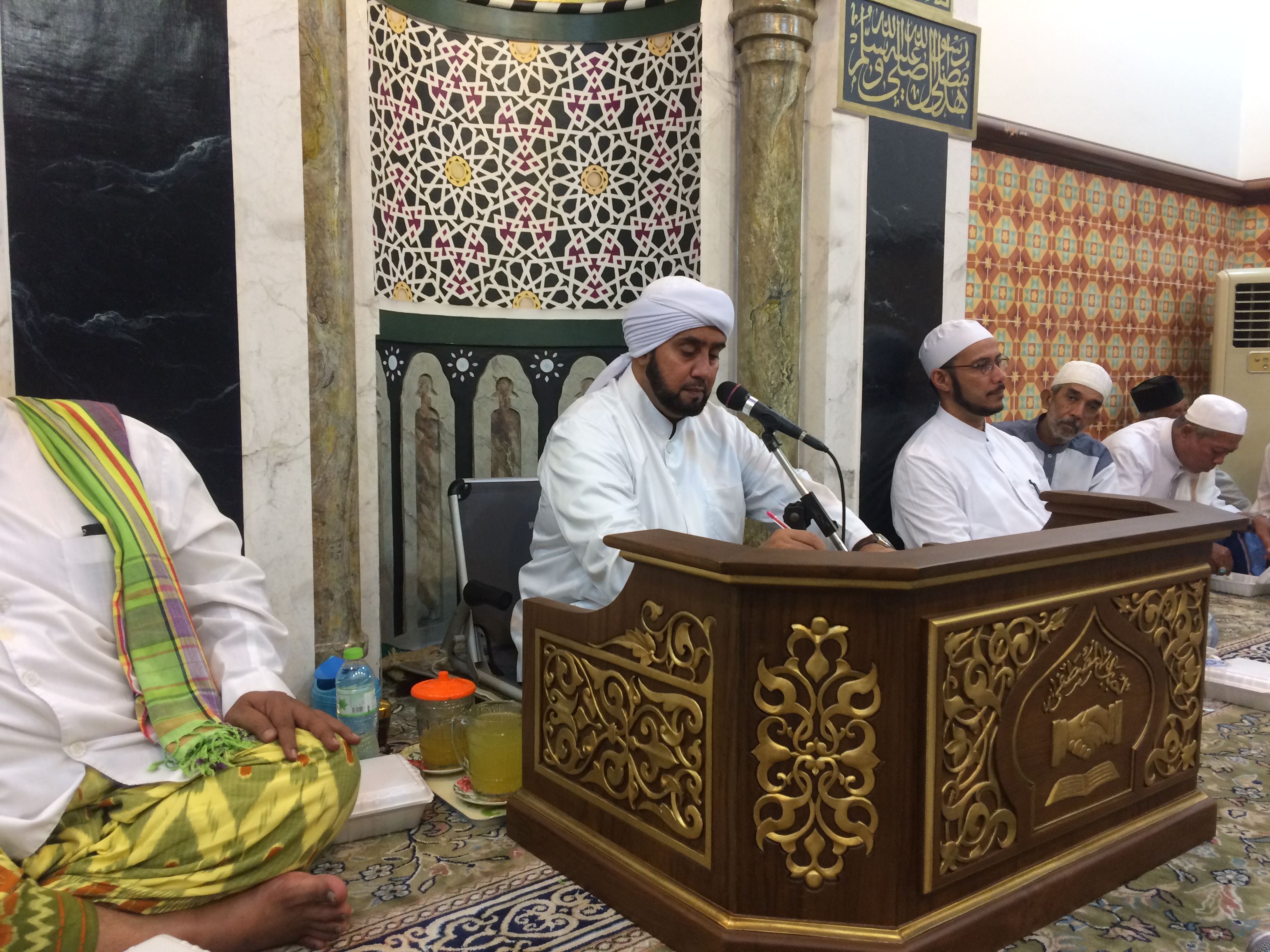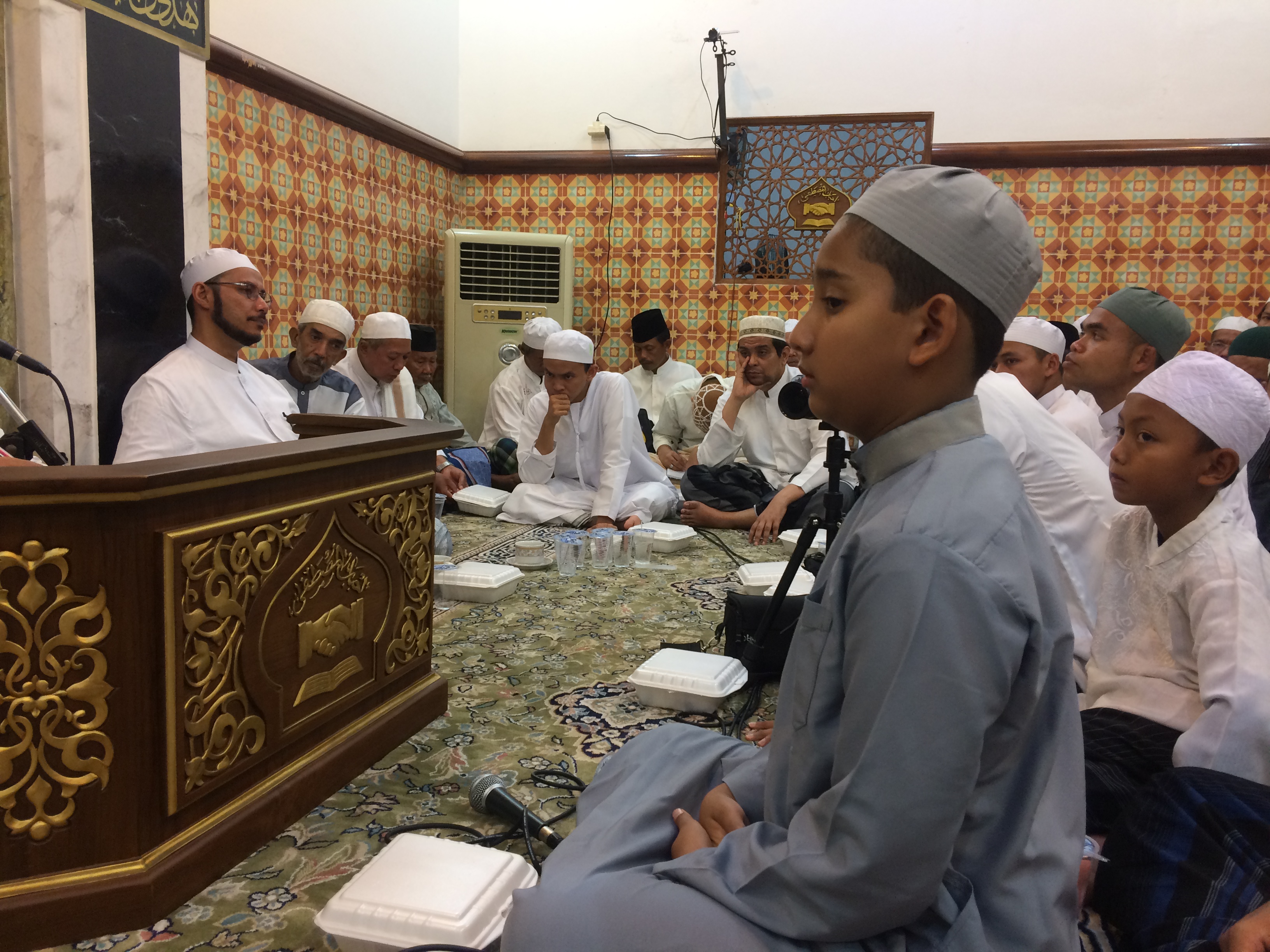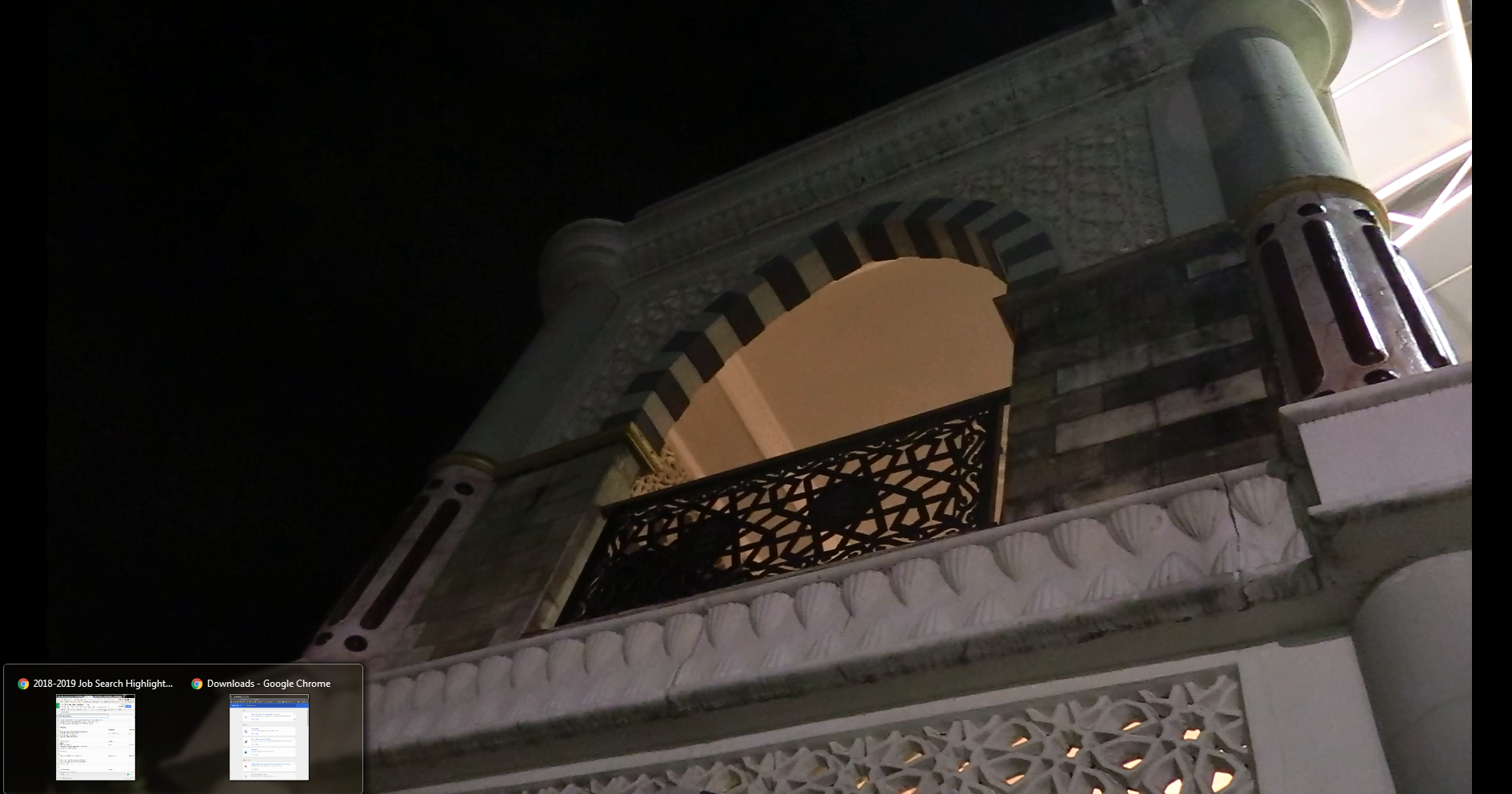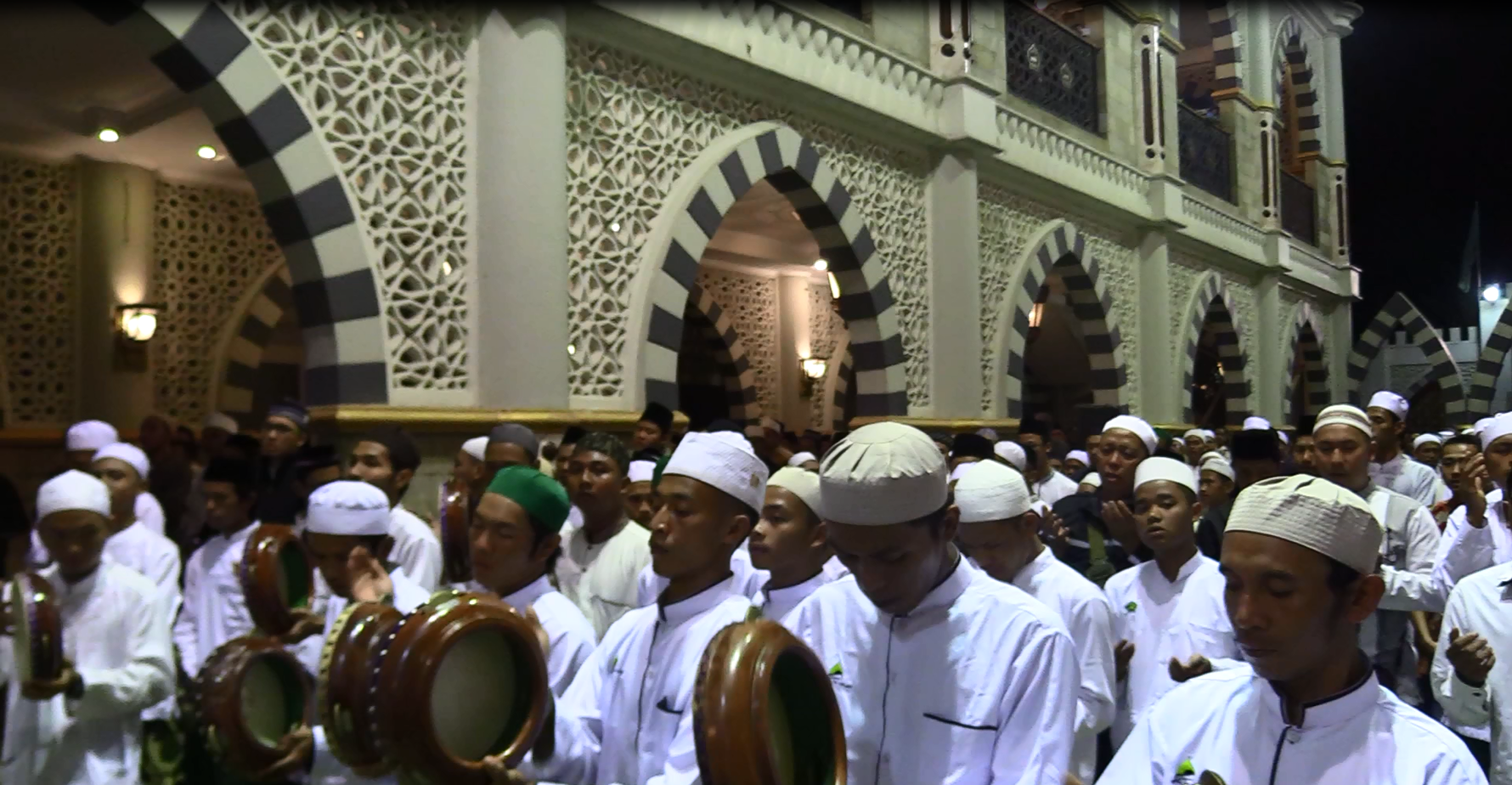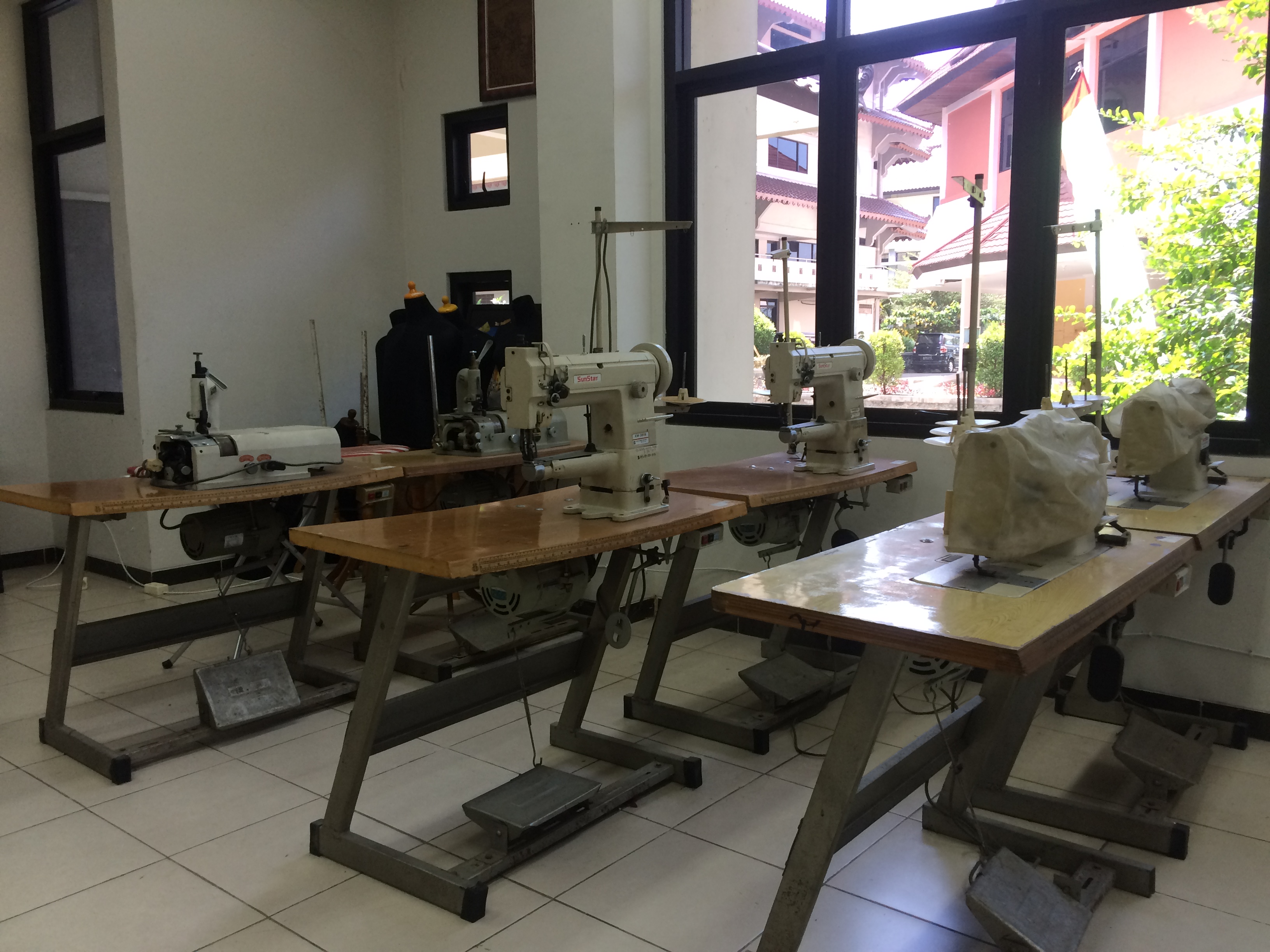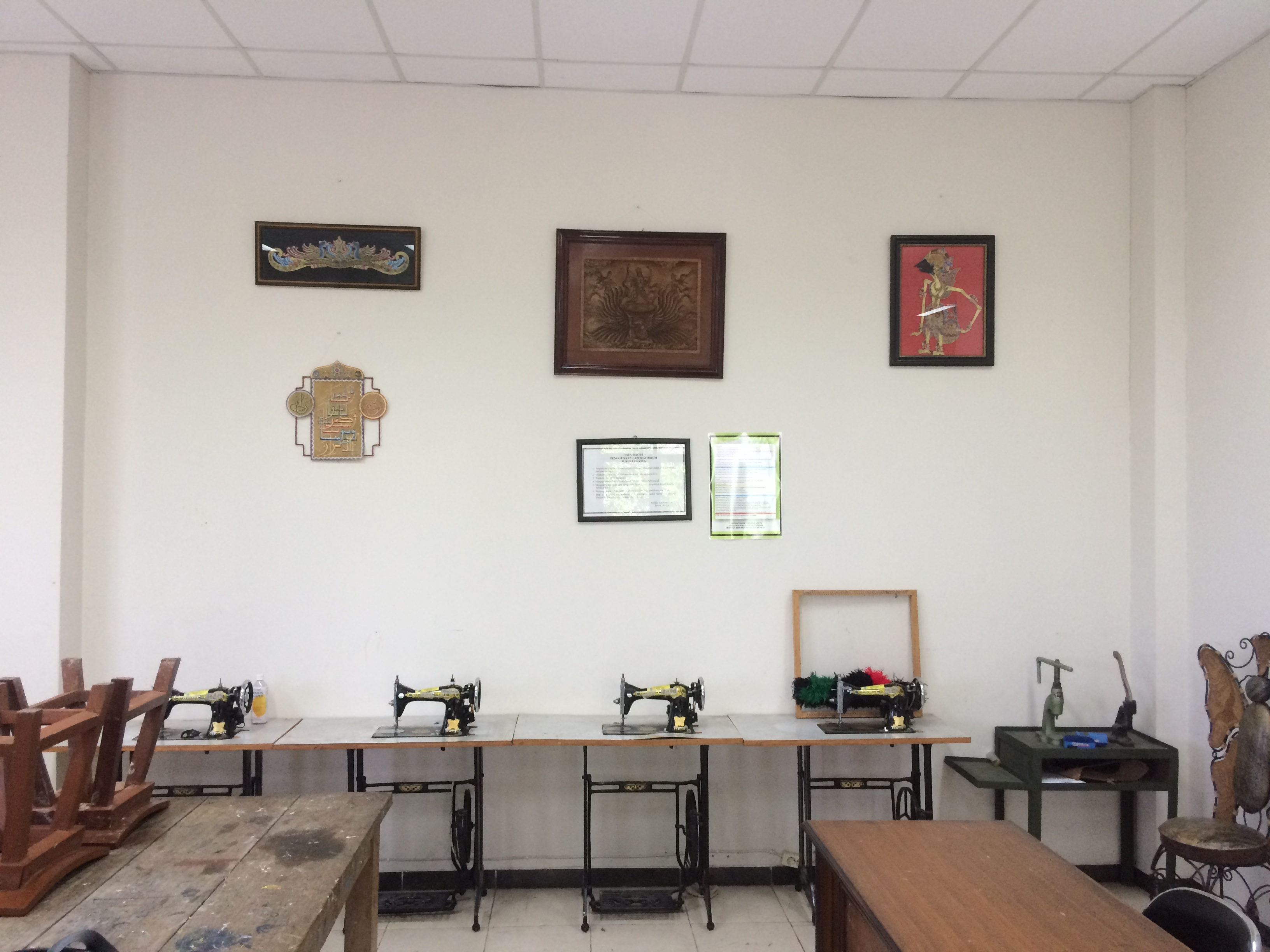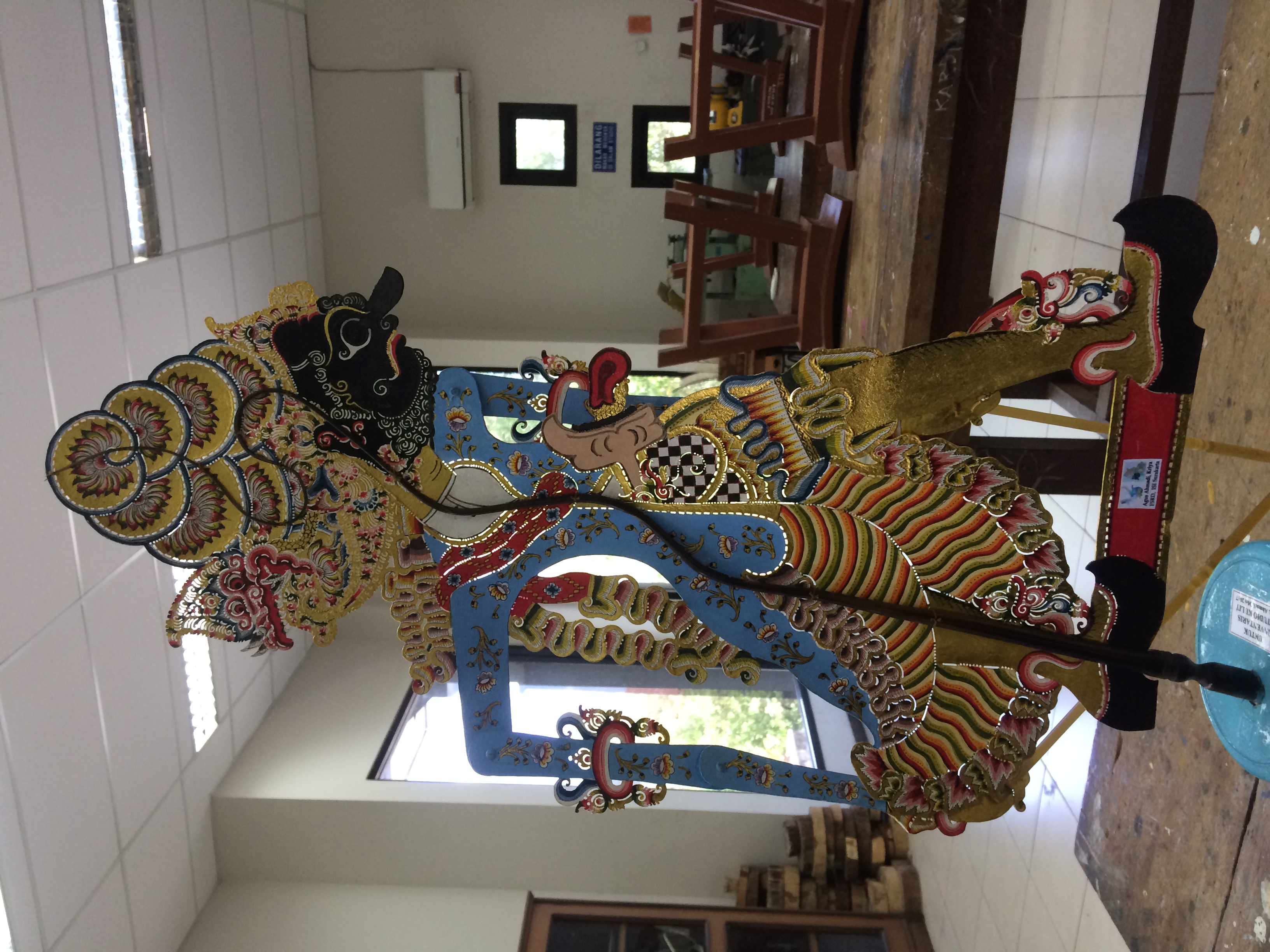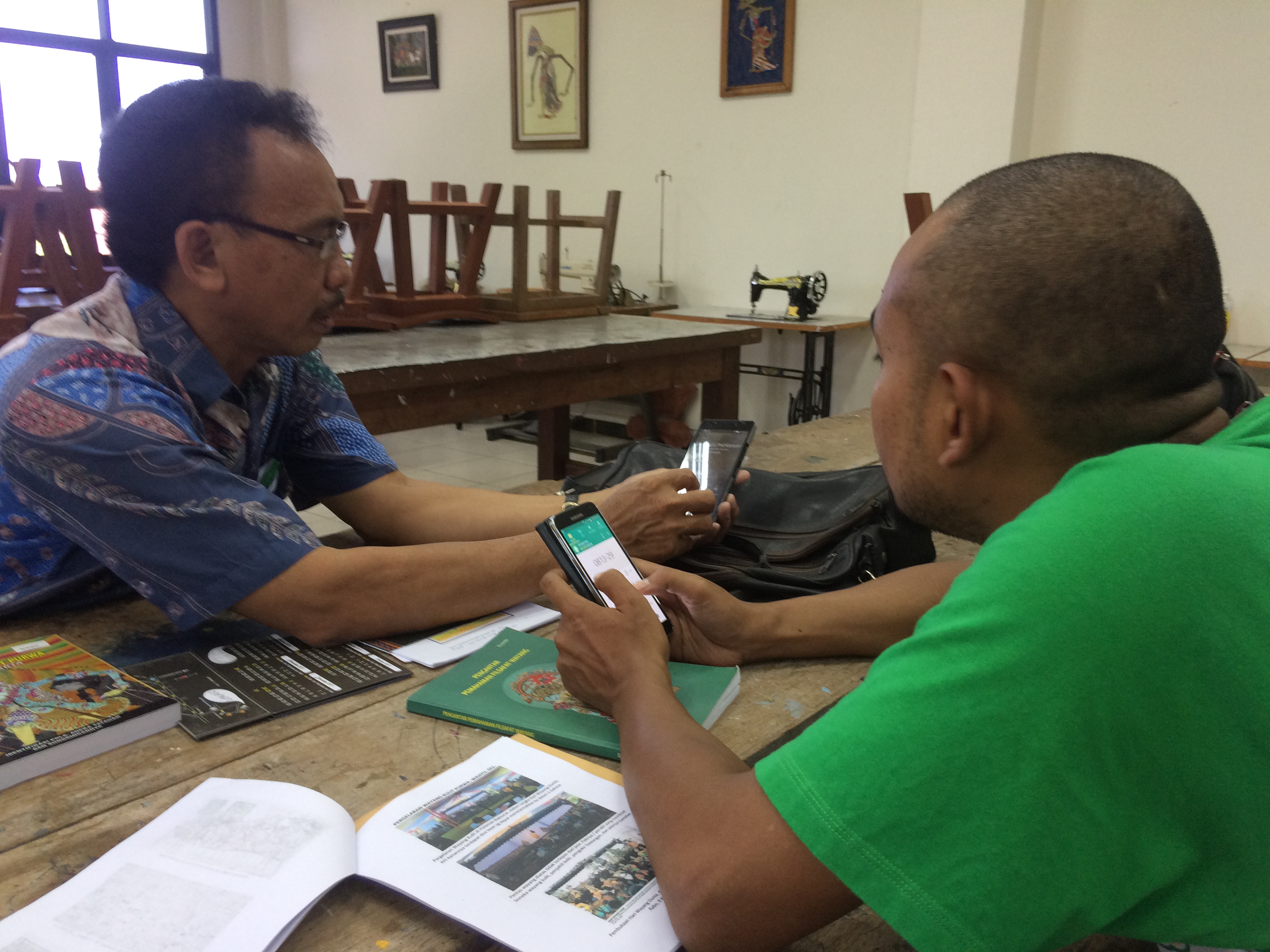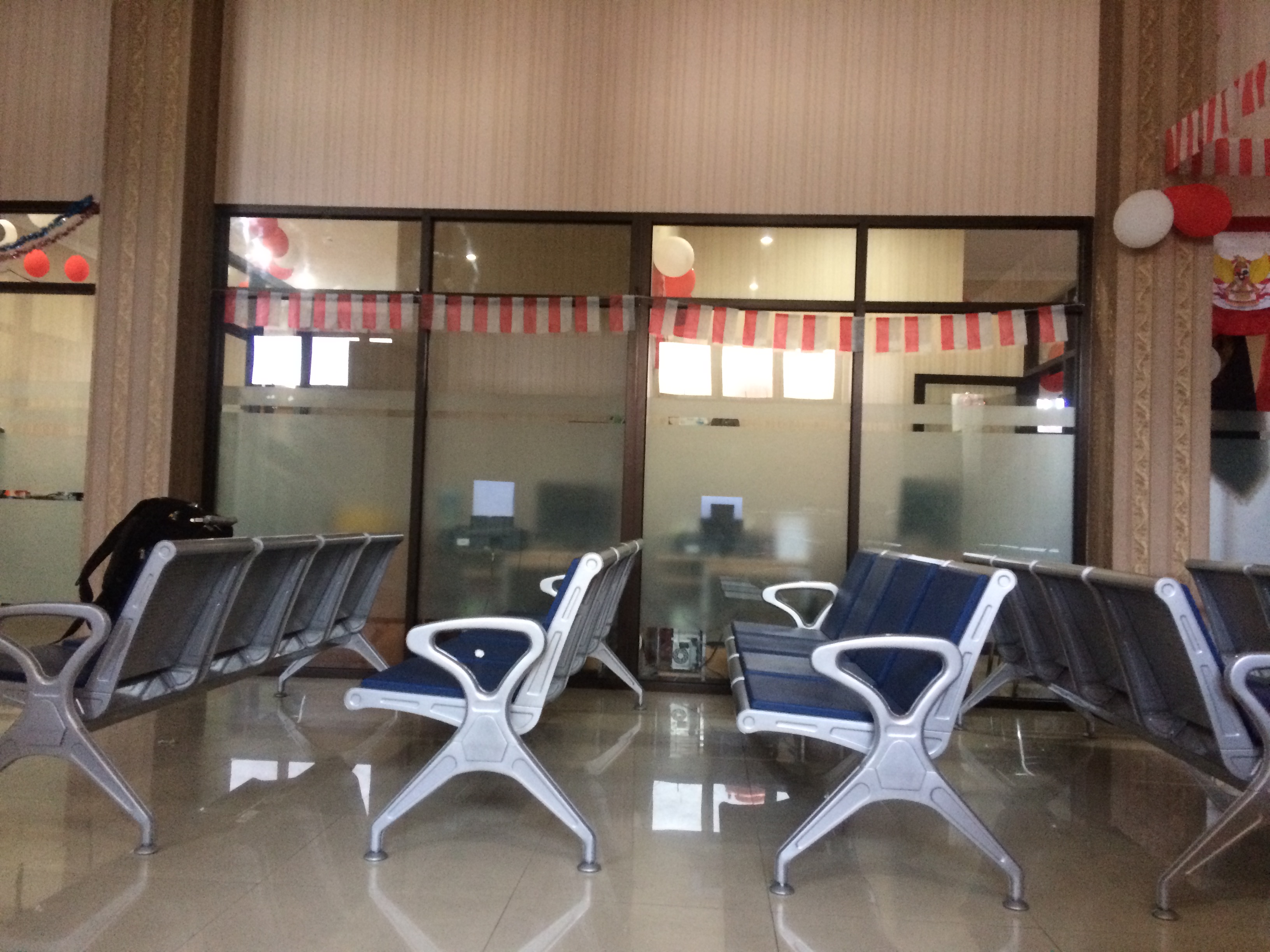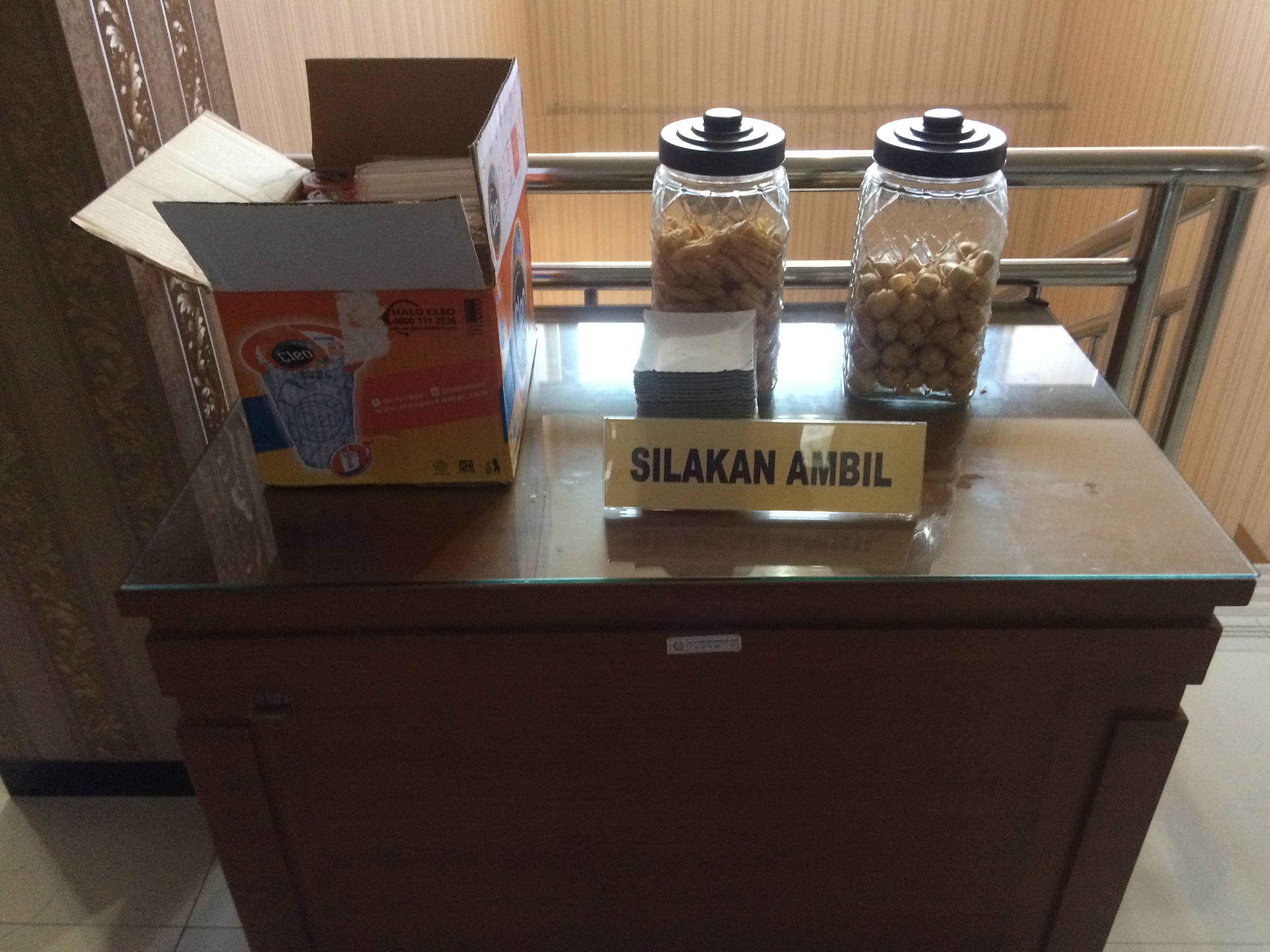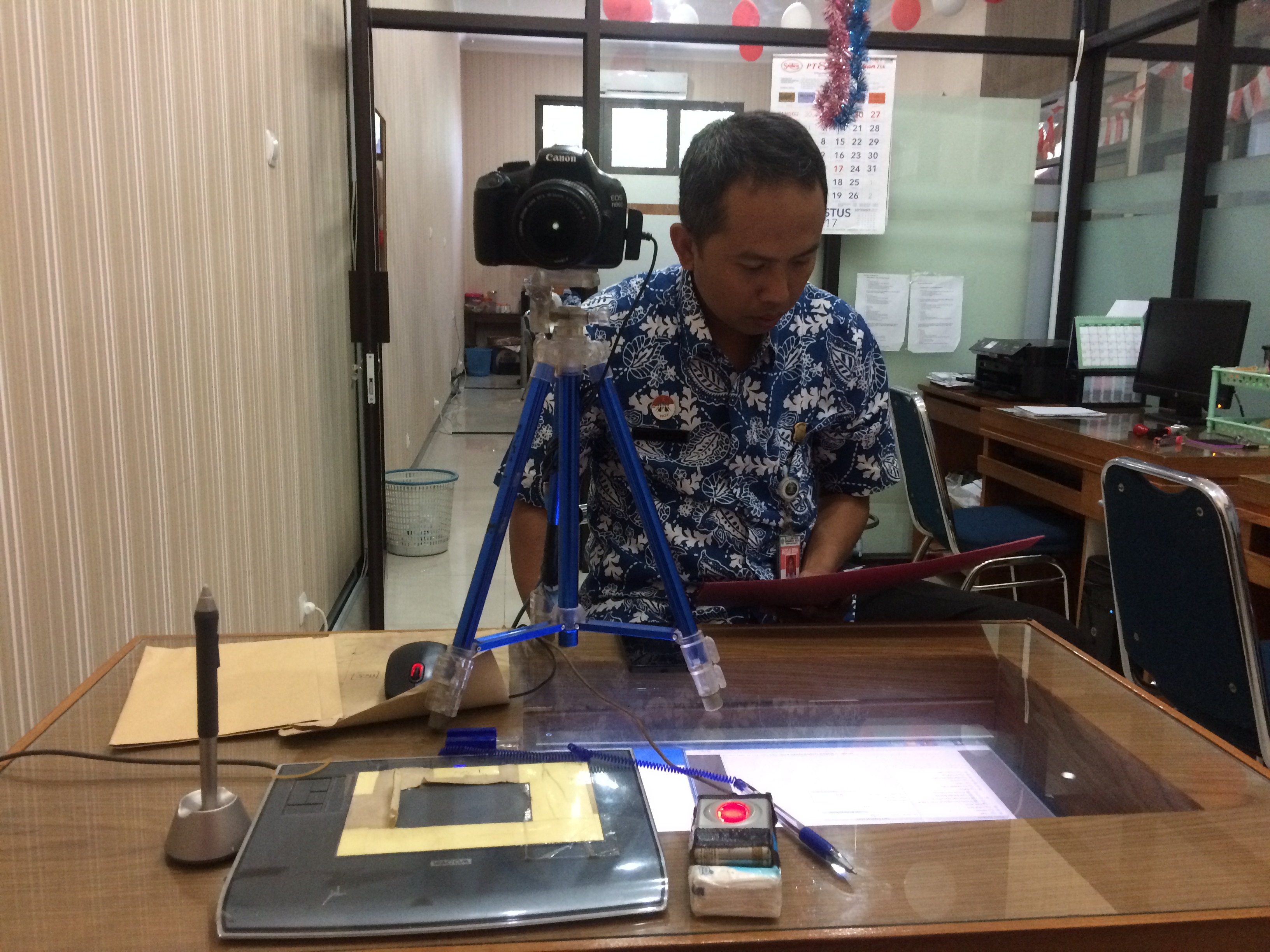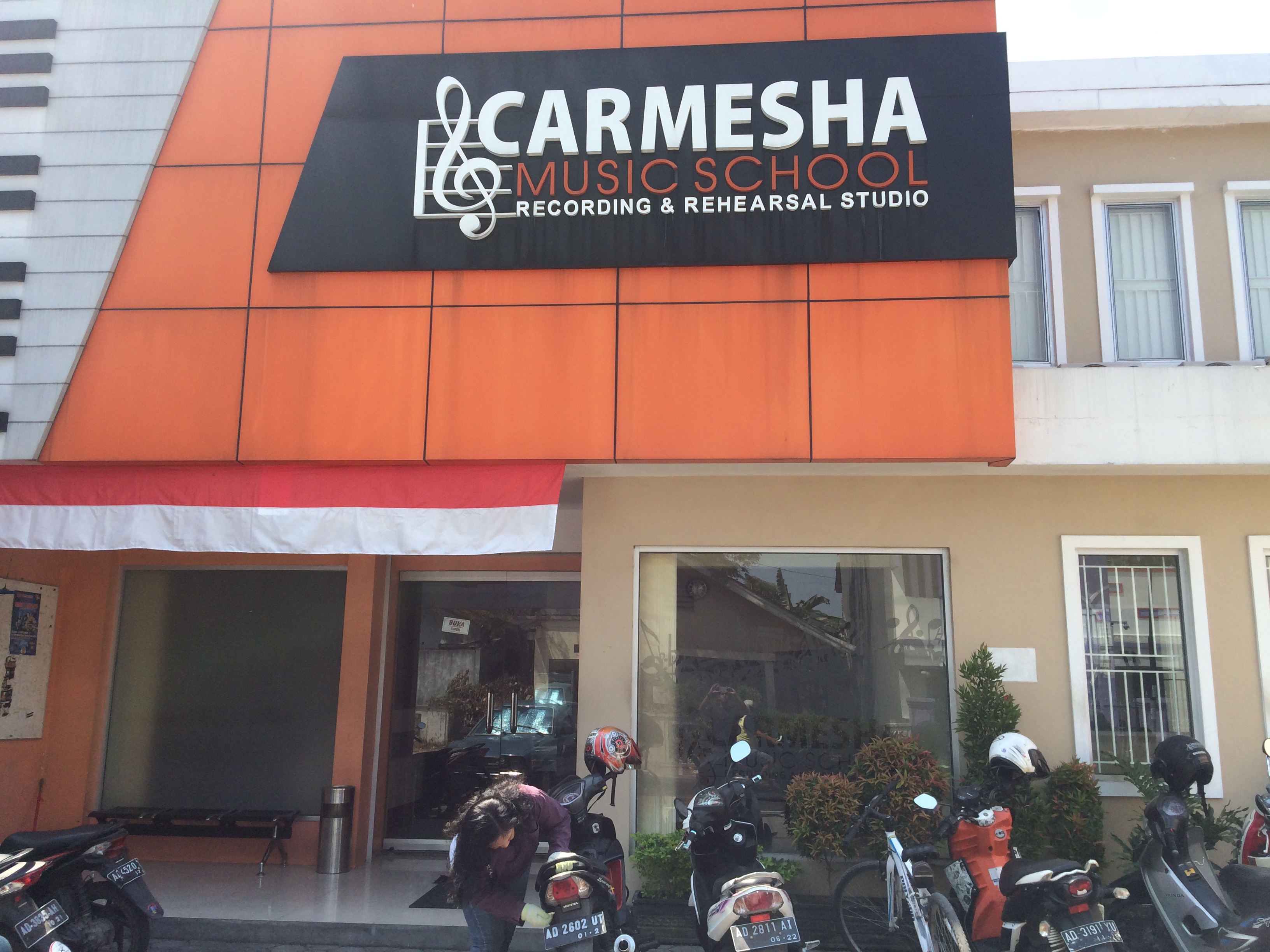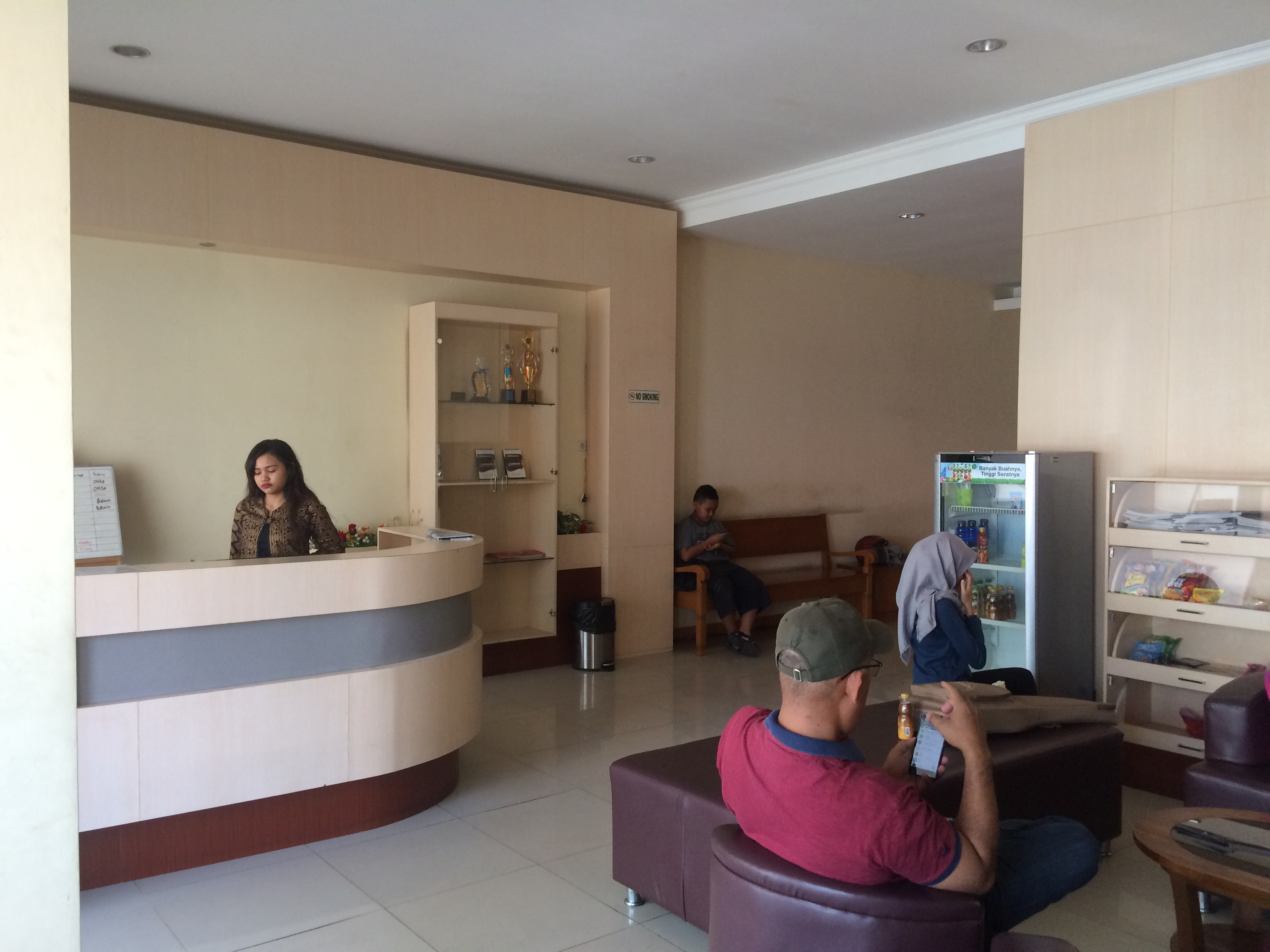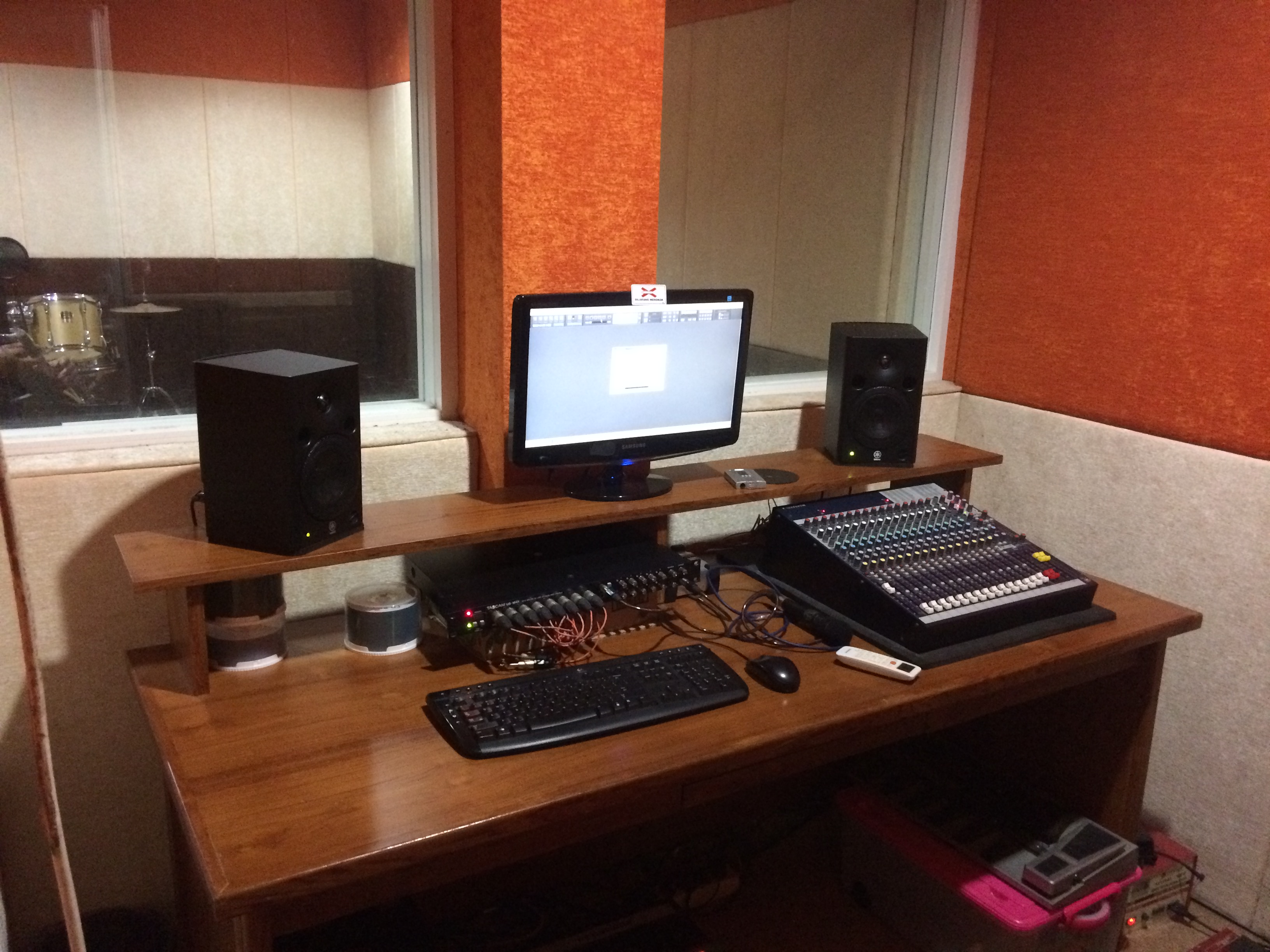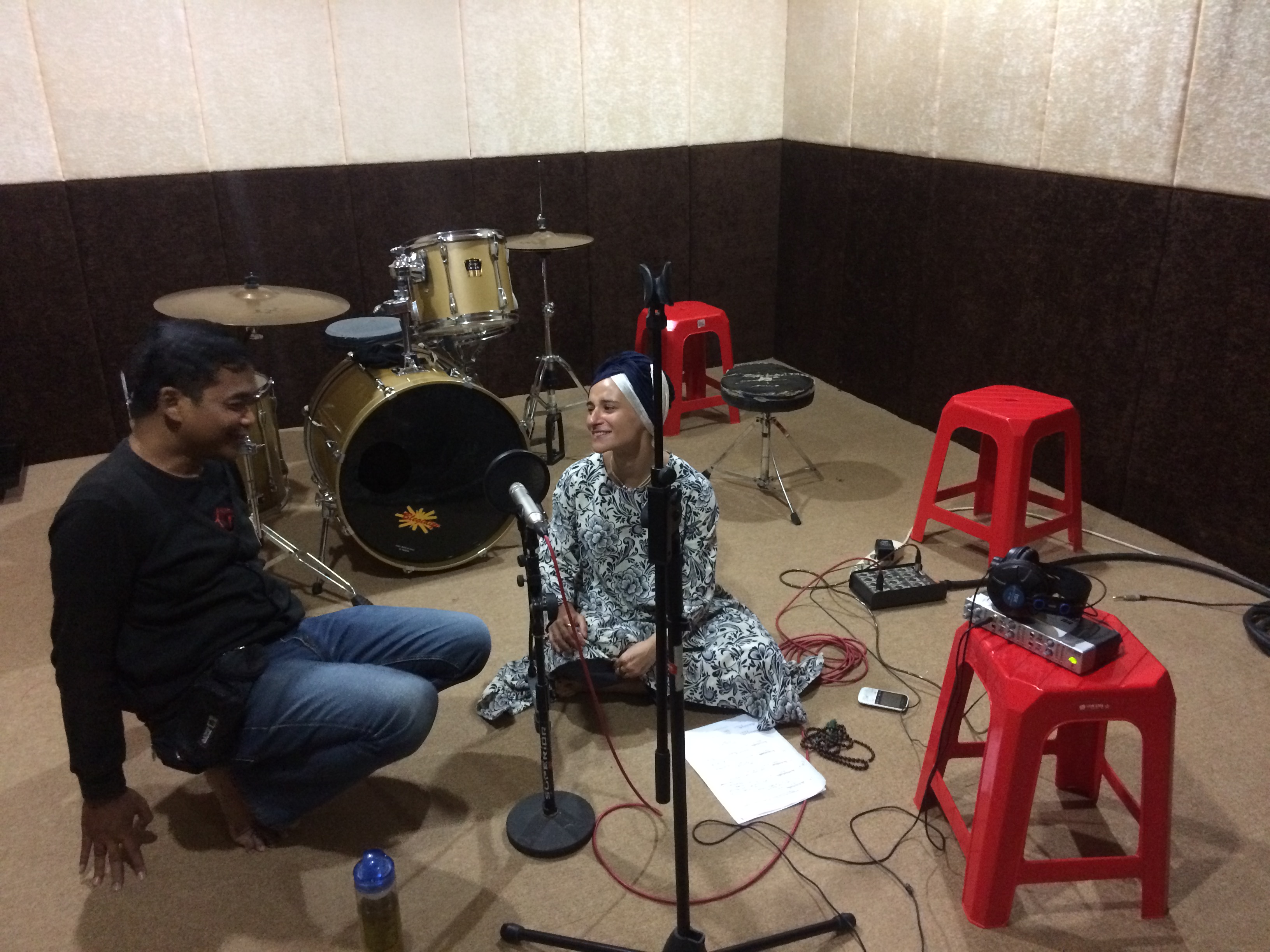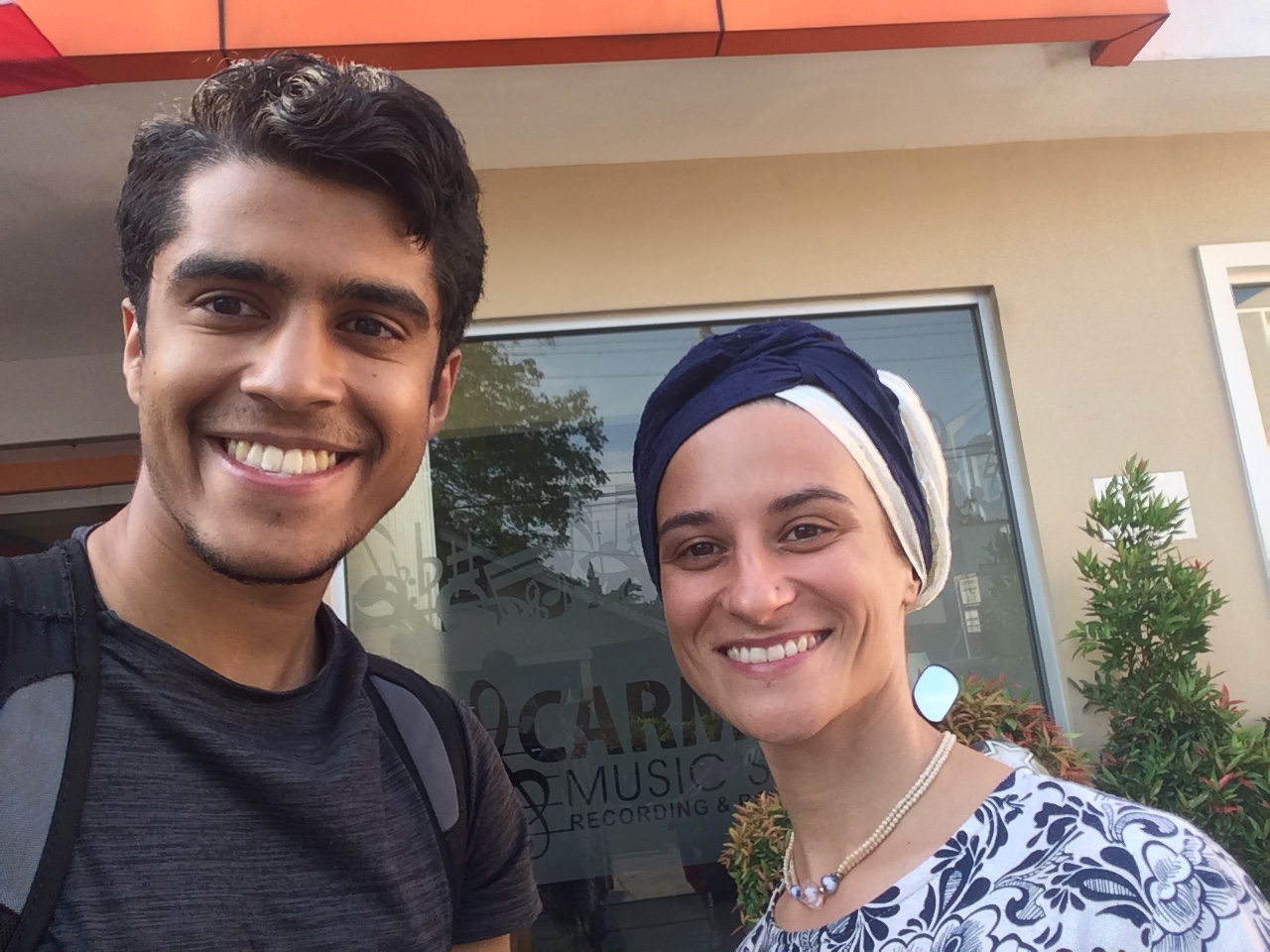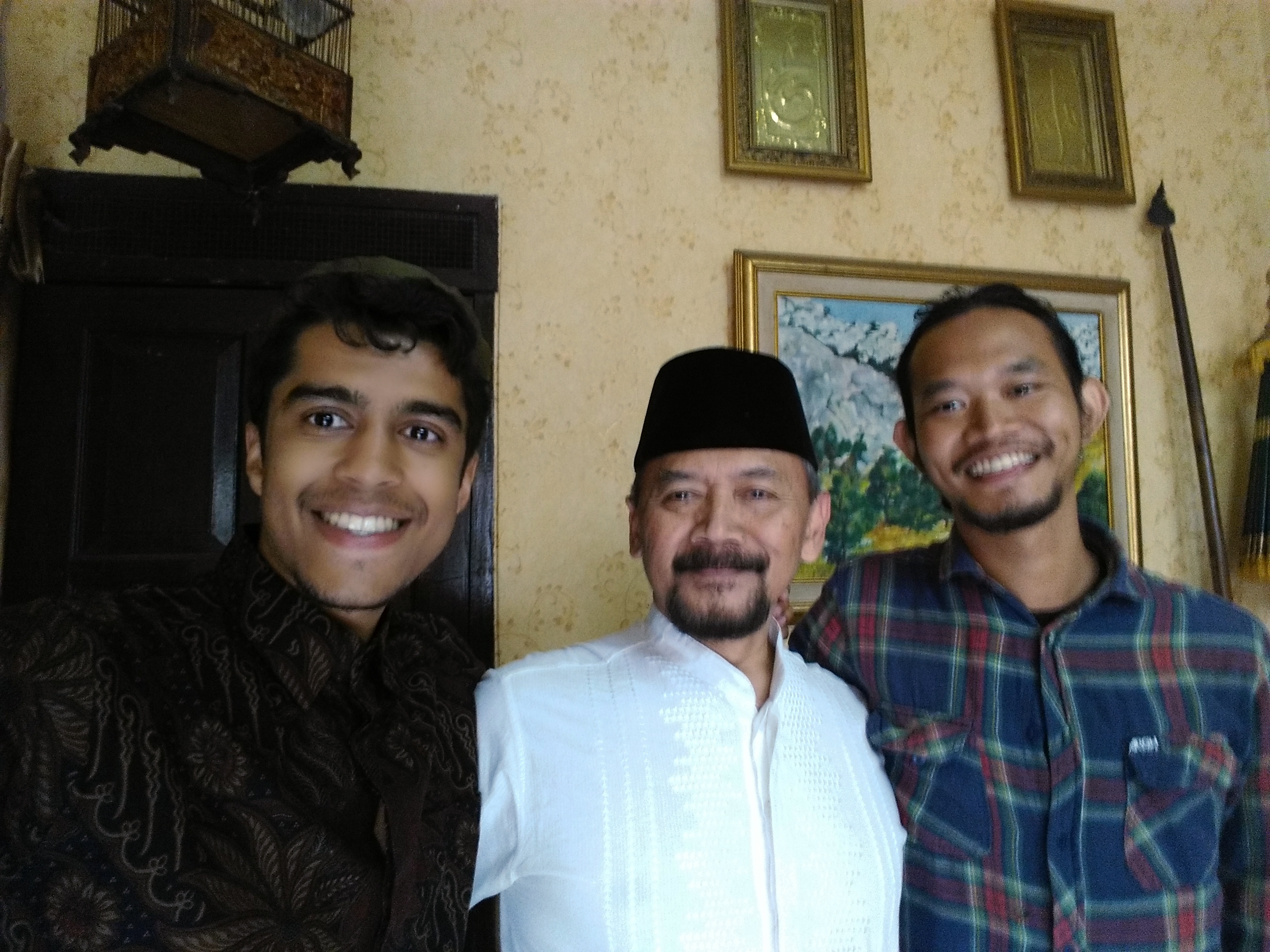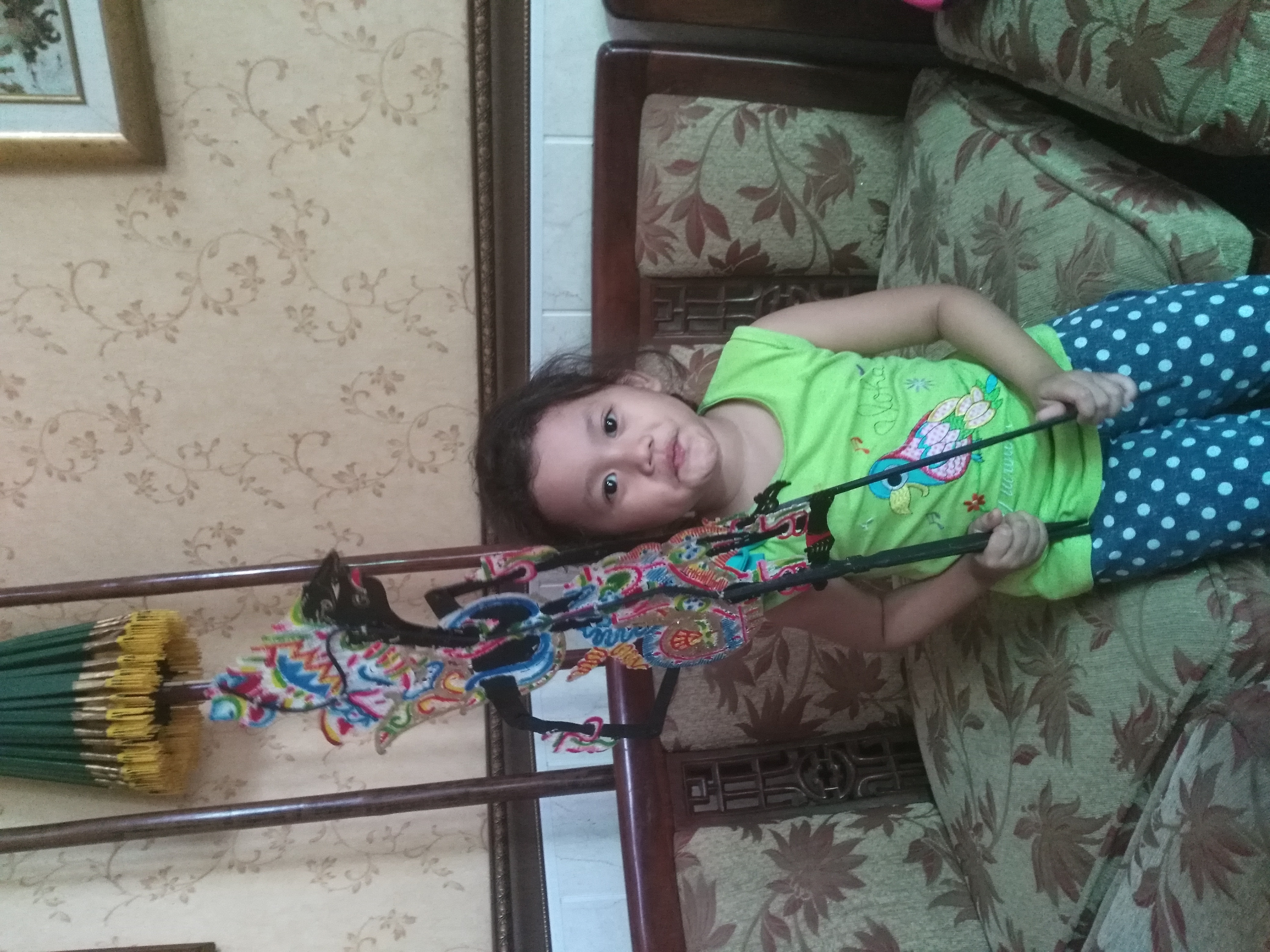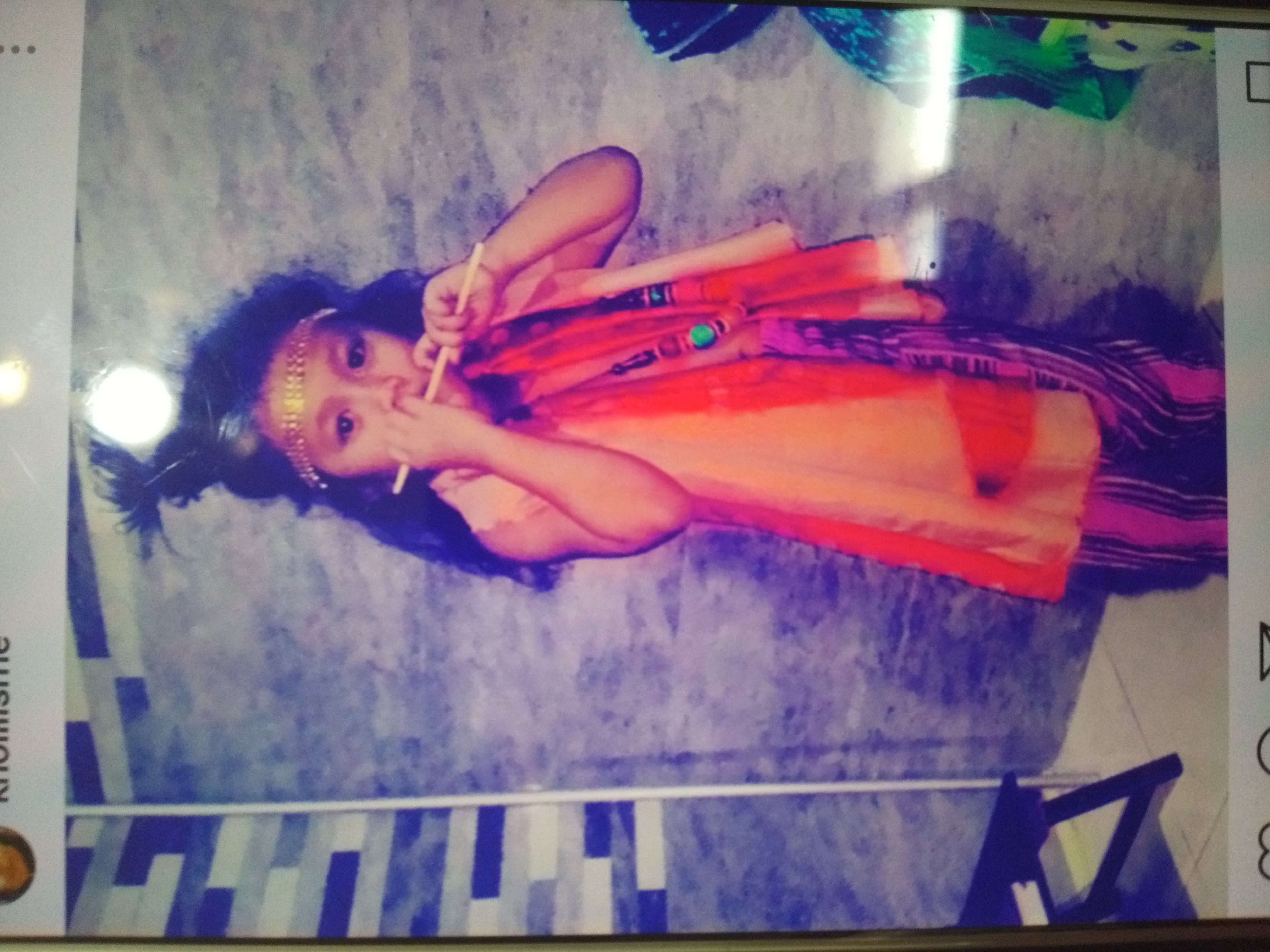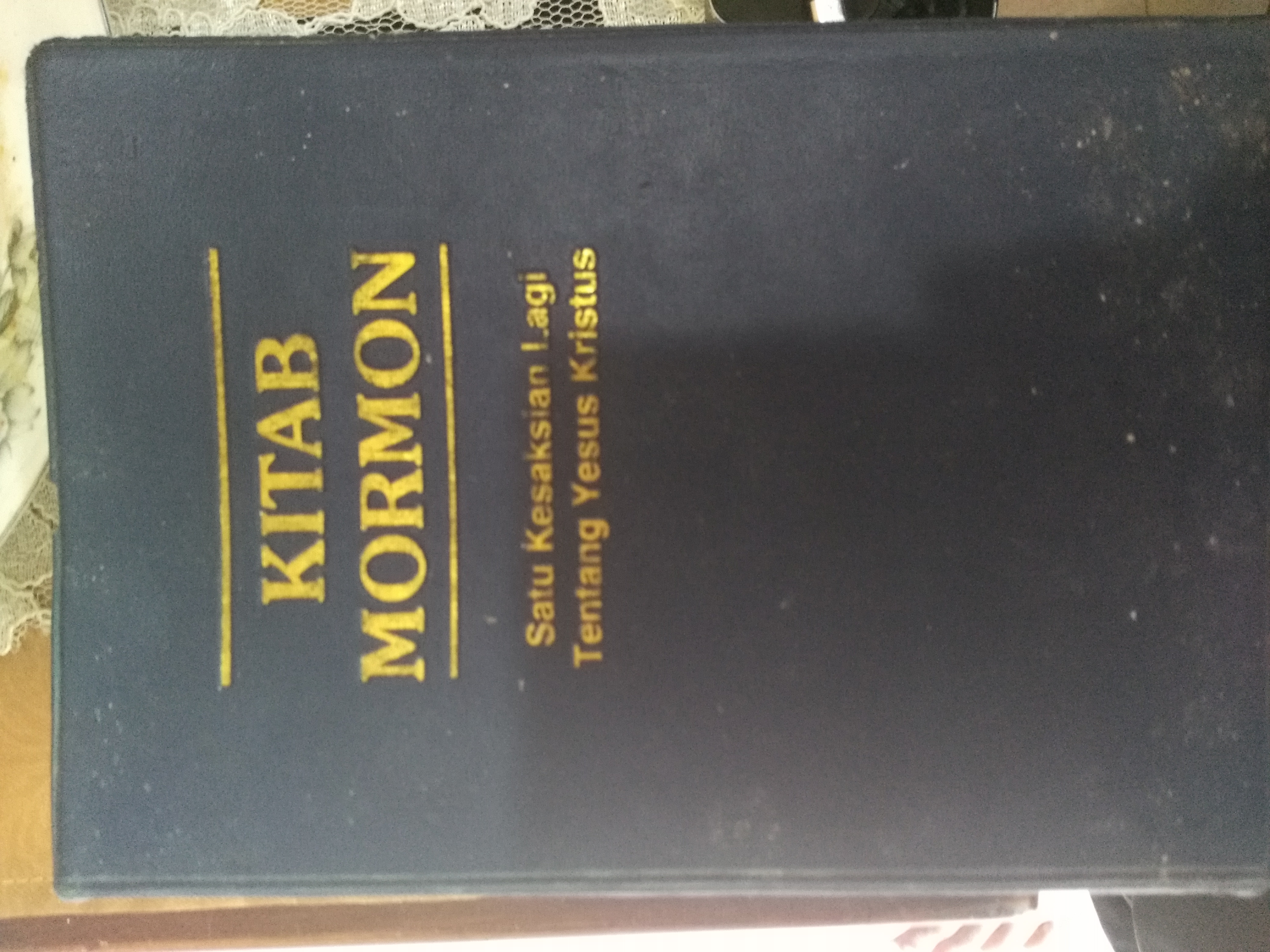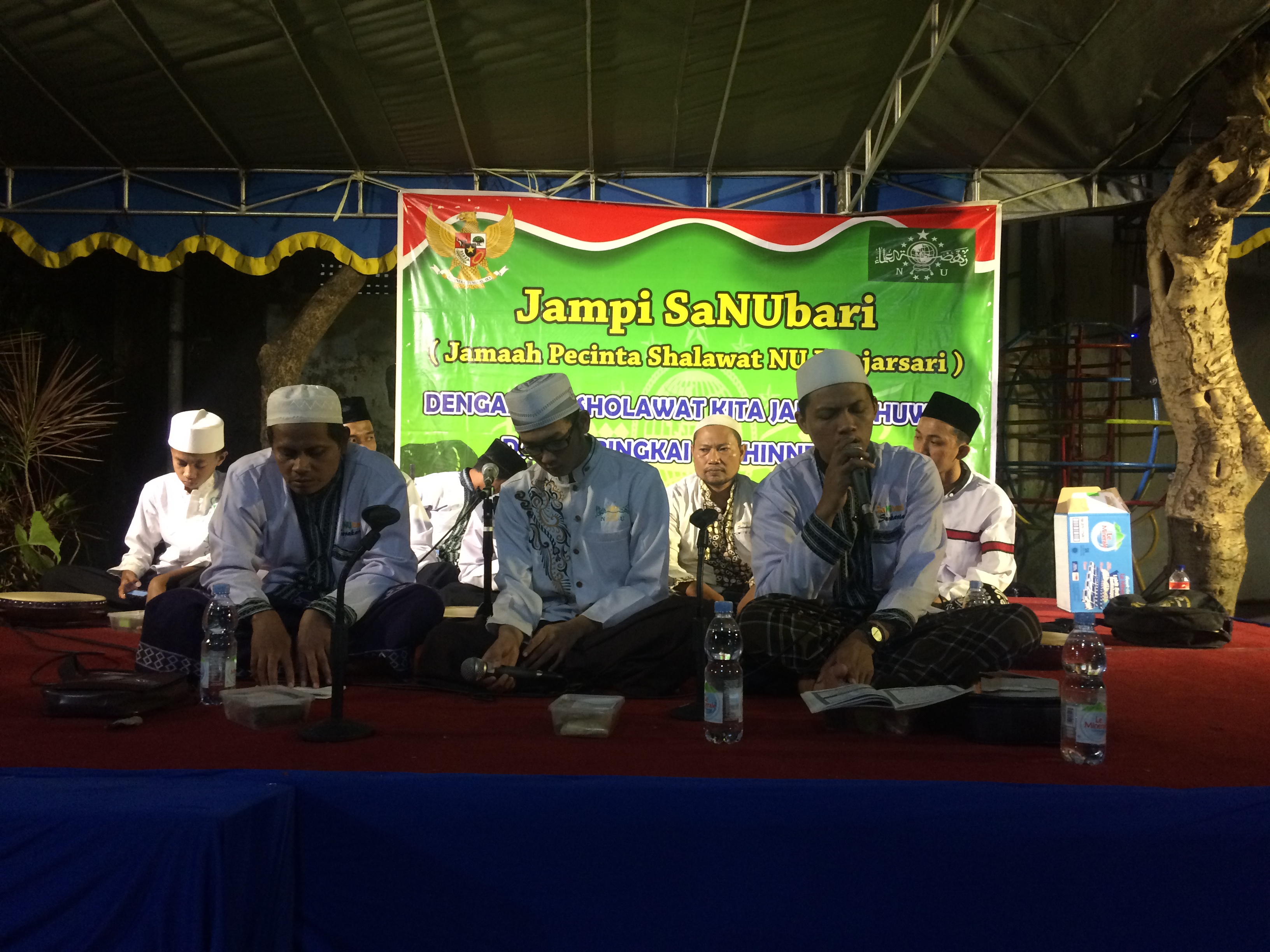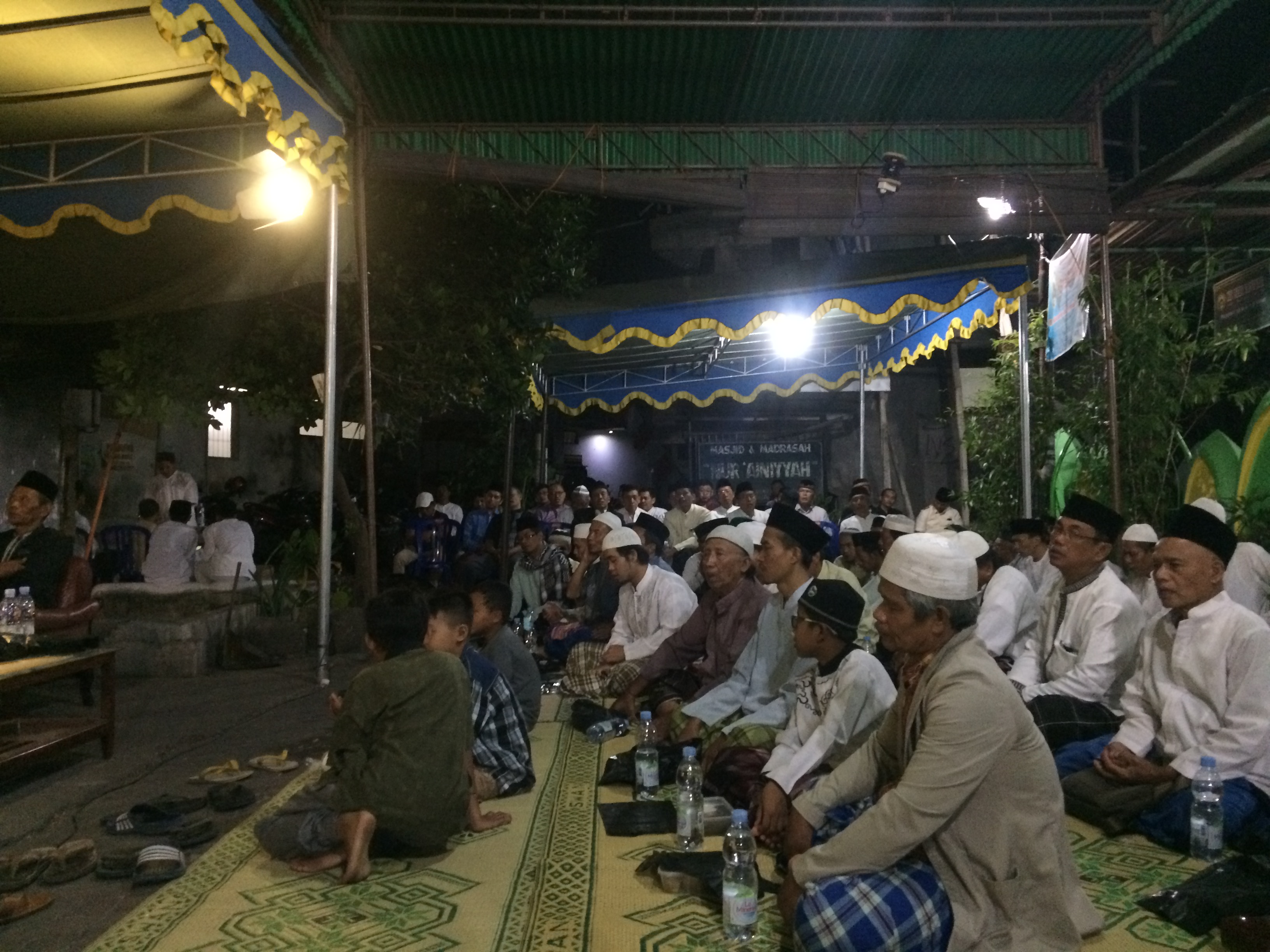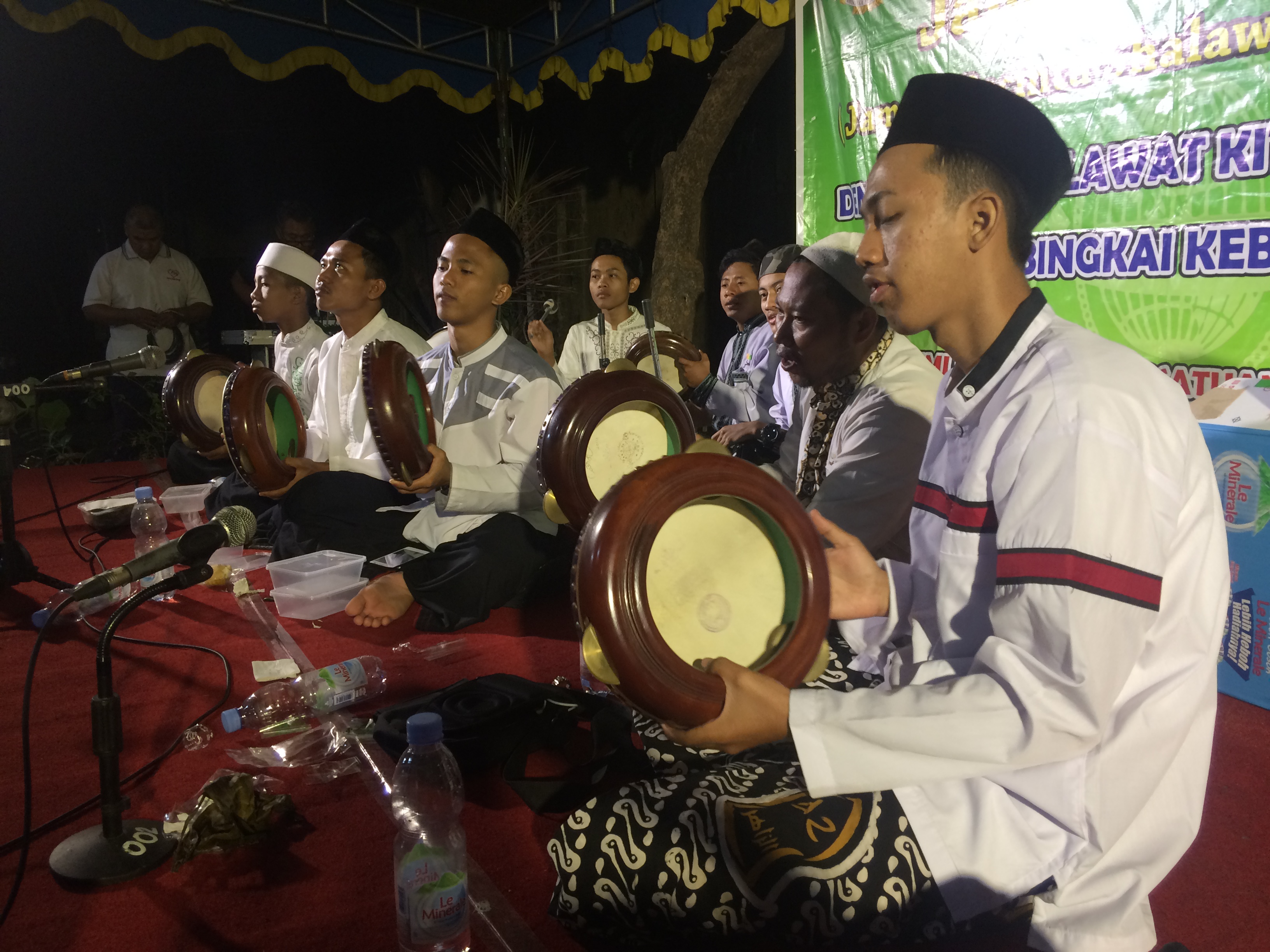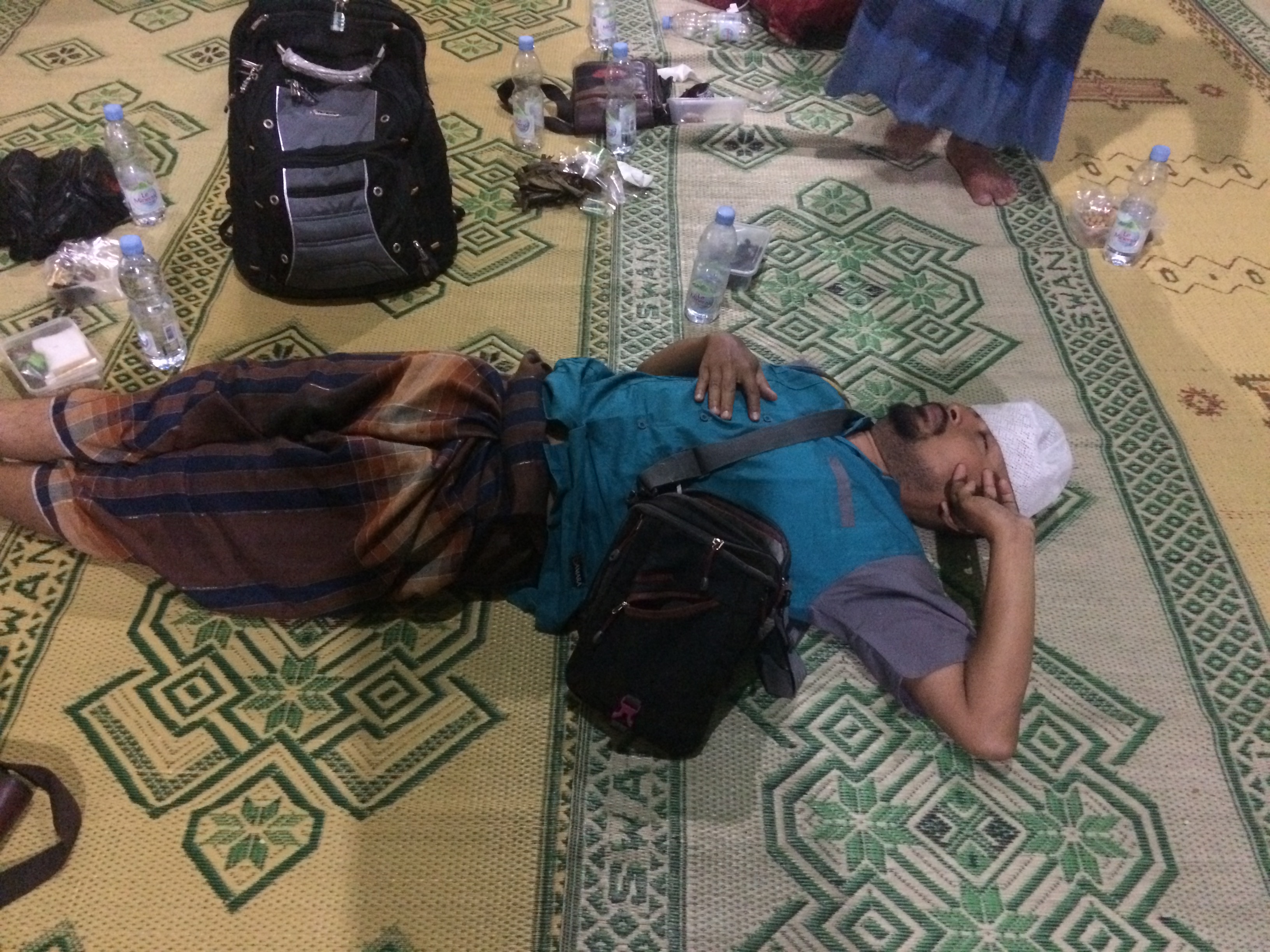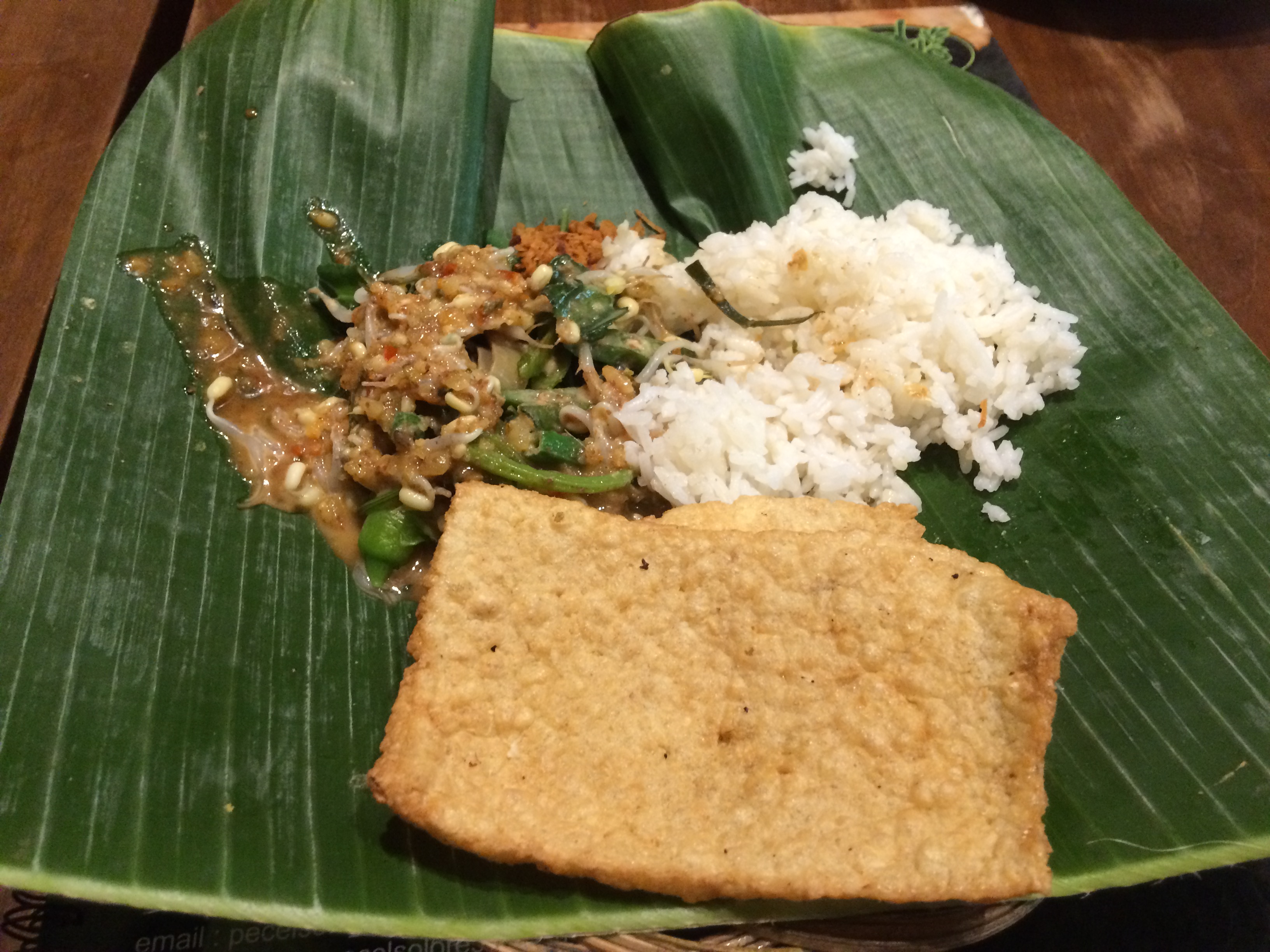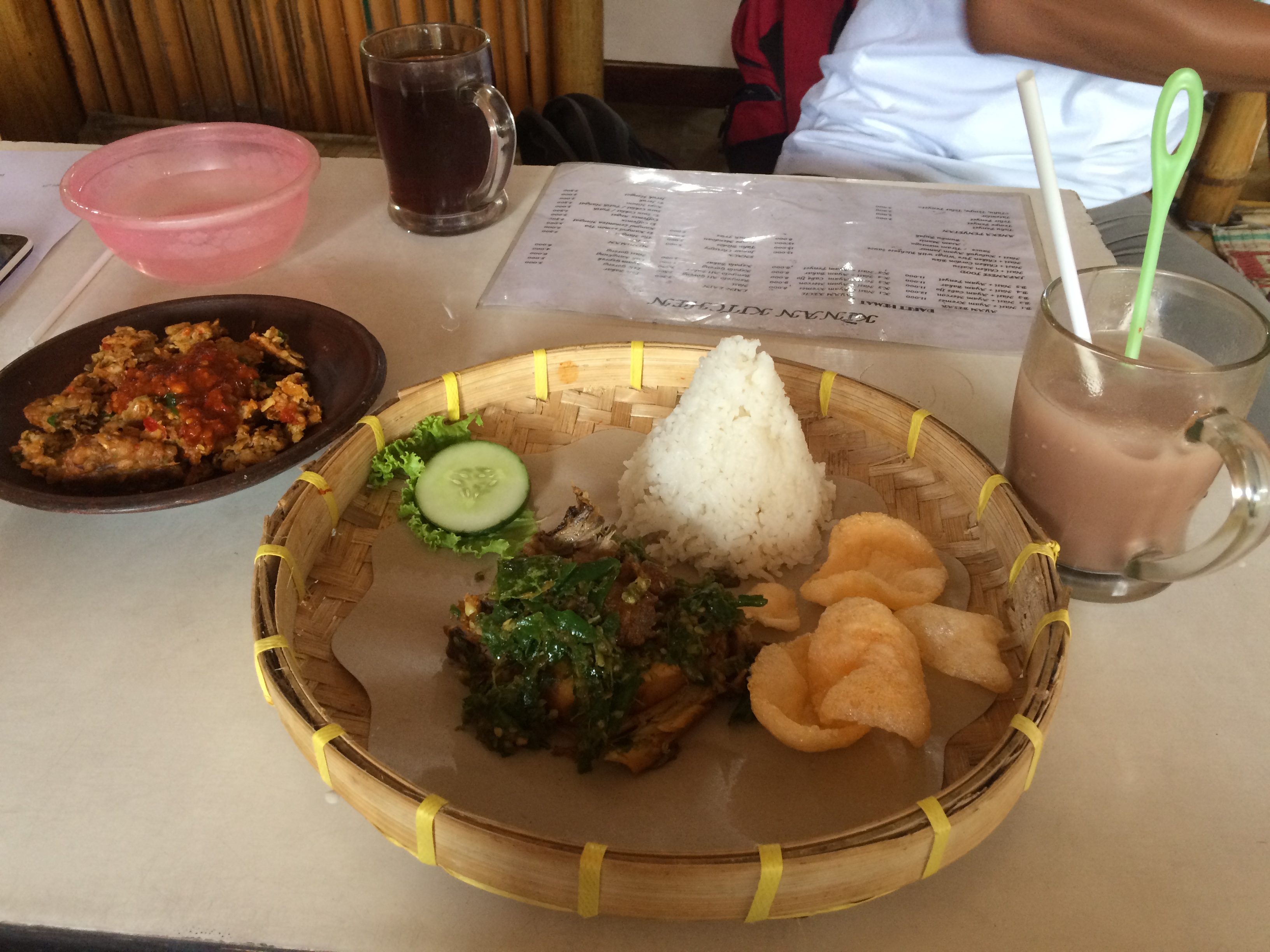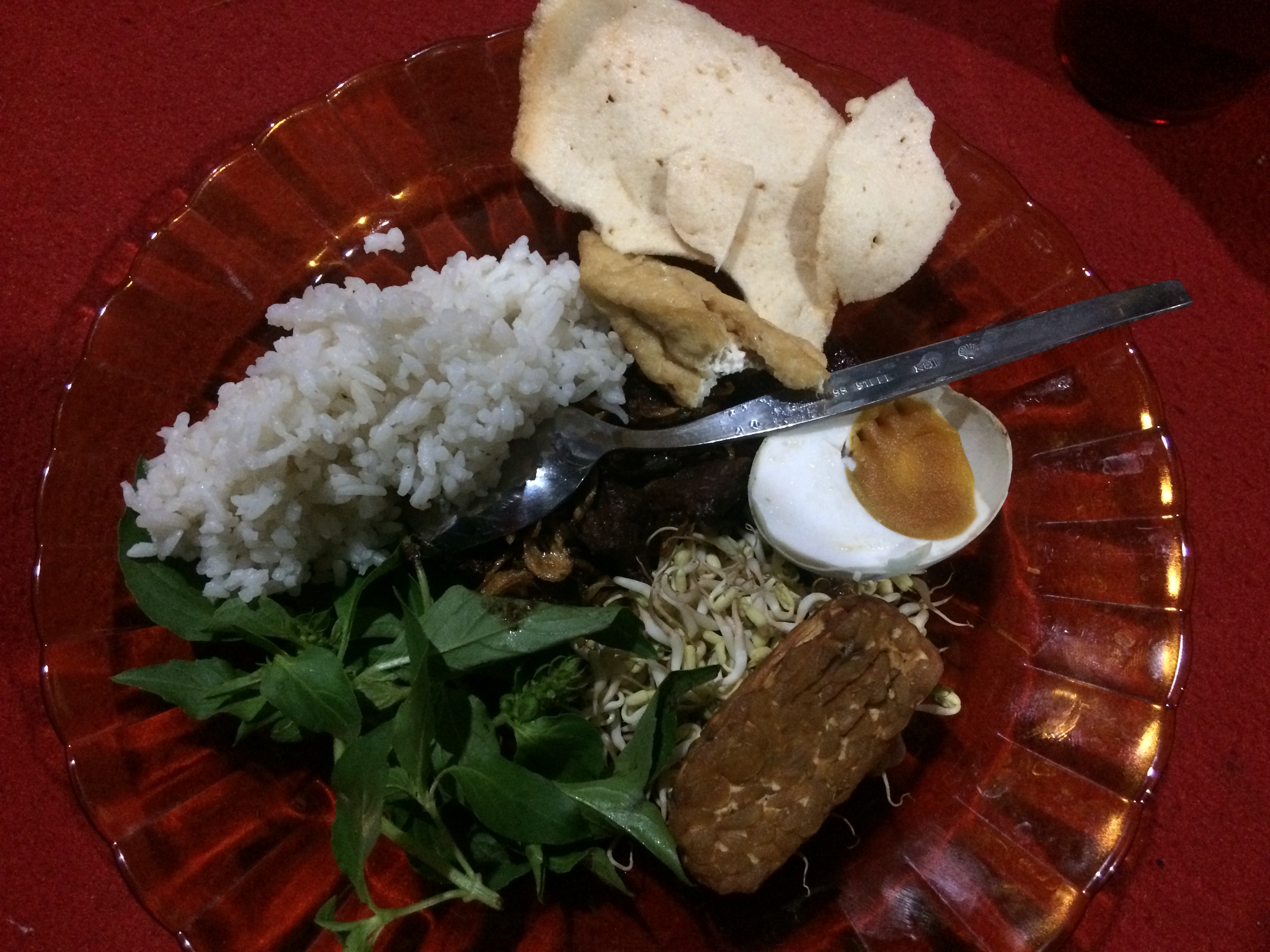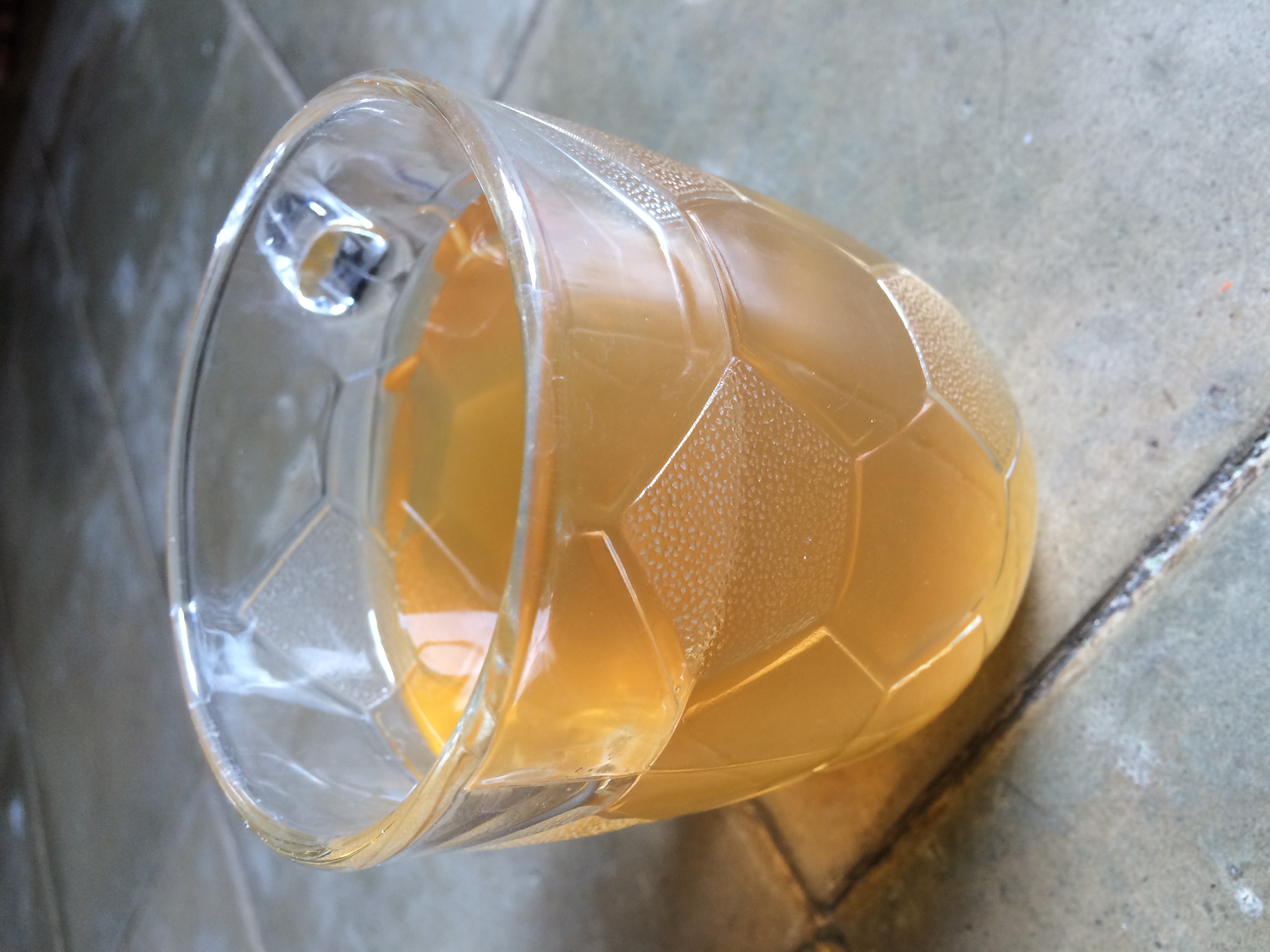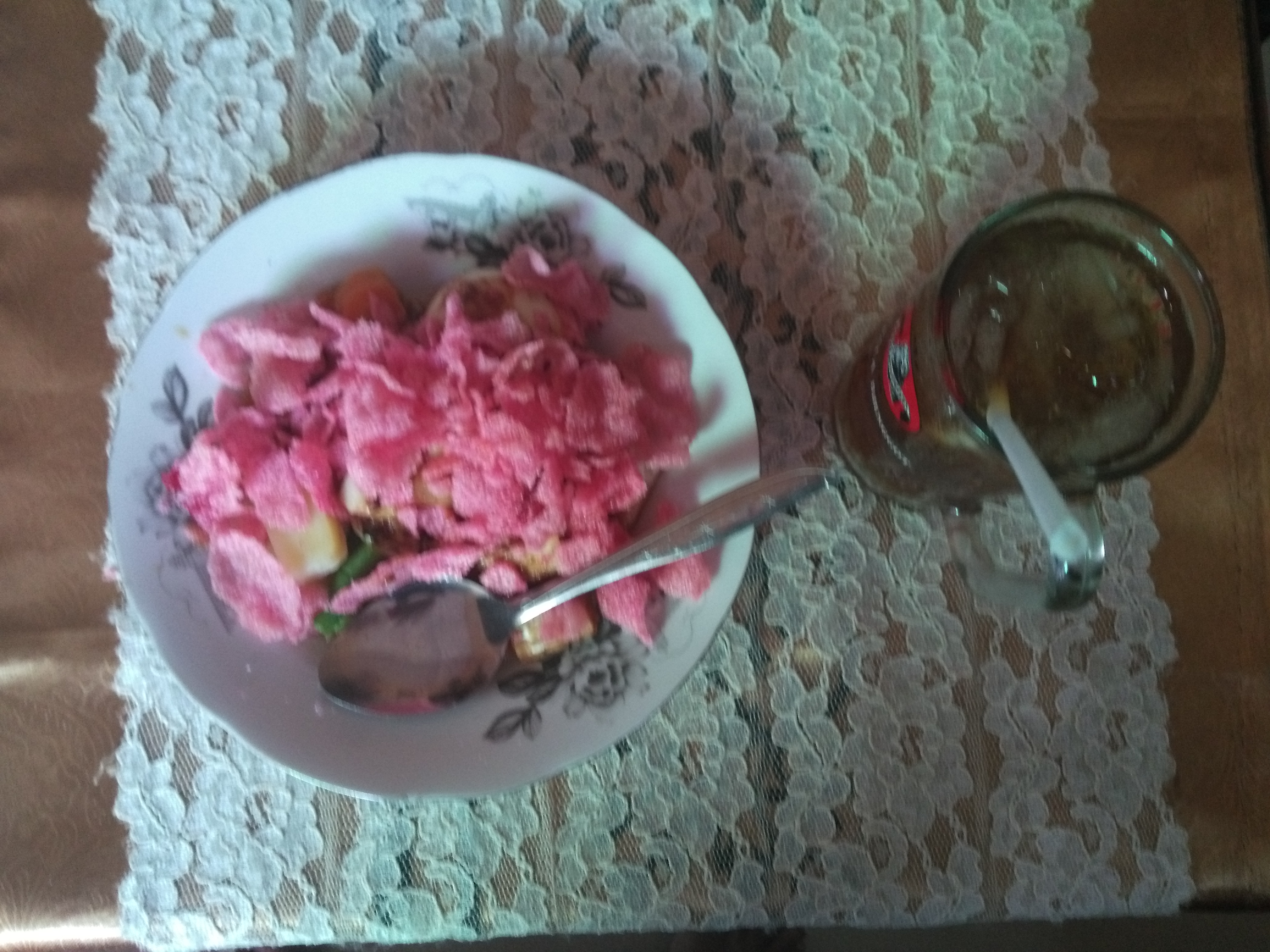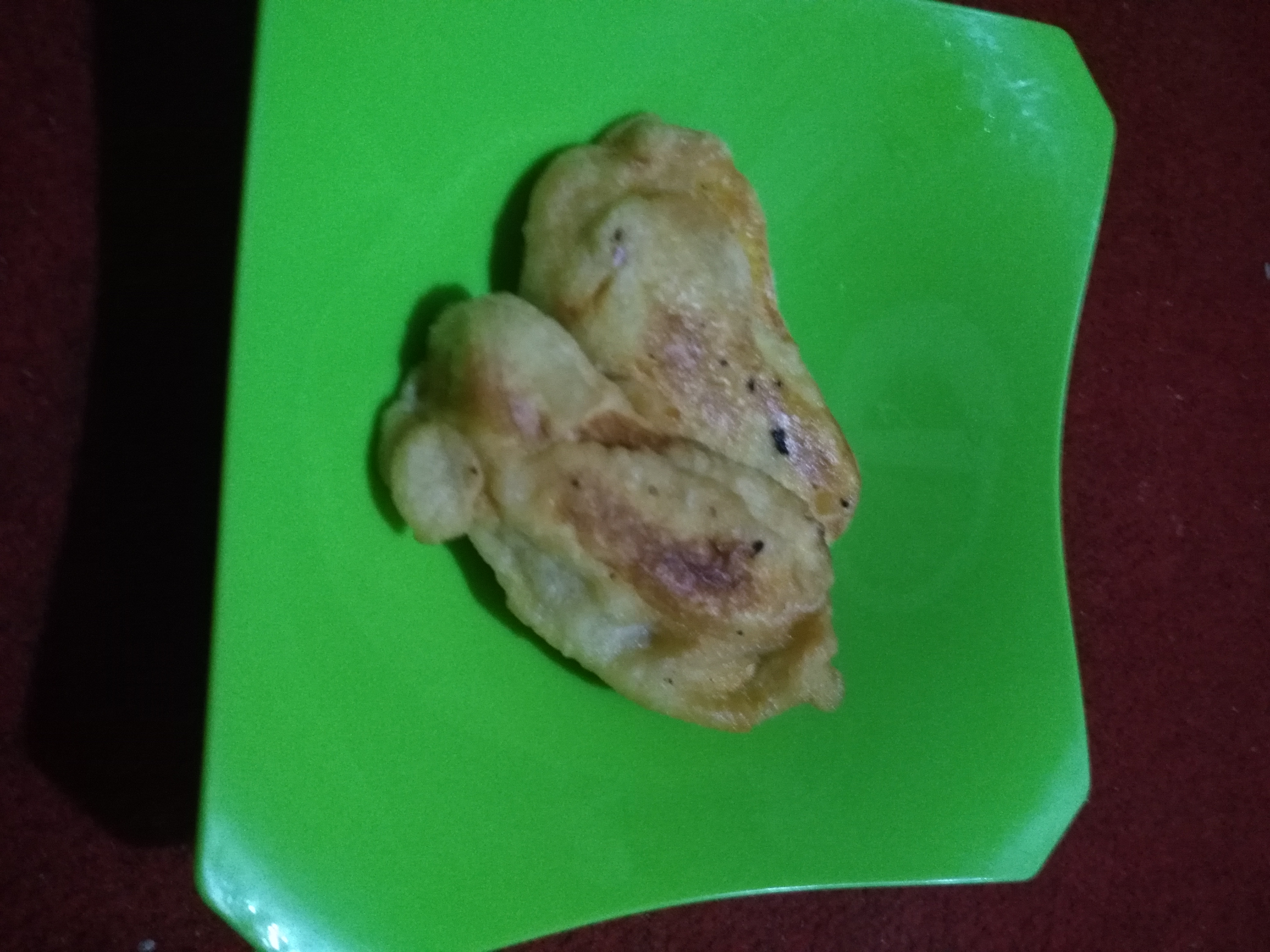One More Week in Solo...
27 Aug 2017
Reading time ~15 minutes
Howdy y’all. I’m running a bit late on this post, as I’ve been backlogged with making plans for my next big move to Bali and then Sumatra thereafter and Kuala Lumpur thereafter and Malacca after that and … So, I’m gonna try to keep things short and sweet. I’ve been trying my best to document as many insights I’ve gained thus far in a Google Doc entitled “Watson: Overall Experience and Reflections.” In it are tips regarding how to balance networking, filming on the ground, staying up to date with scholarship on relevant topics, as well as more mundane travel concerns.
I initially planned for just 2 weeks of time in Solo. Two weeks quickly became 3 weeks and now it’s settled (hopefully) on 4 weeks. I blame my extended time here on the fact that I’ve mostly started from scratch in Southeast Asia. Now I’m at the point where I believe can confidently get my Watson work done in nearly any city in the world in roughly 3 weeks time given generally favorable conditions. My past week included one of the most diverse batch of activities I’ve engaged in on my travels so far in Indonesia perhaps also more generally in life. It started out with another lesson and, this time, an interview with my short-lived rebab teacher/gamelan music virtuoso, Mas Darsono (aka. Mas Dar). Mas Dar is currently boarding at the breathtaking, gamelan equipped home of Kitsie Emerson (a well-known proponent of the Javanese traditional music scene in Solo). We continued our investigation of the Slendro scale and then concluded with a brief interview in which I prodded Mas Dar to discuss his “kejawenness” as well as the general religious convictions of the musicians he regularly collaborates with.
Masjid LDII Solo and Its Closeby Pesantren
I was recommended by a friend of a friend to visit a masjid under the umbrella organization Lembaga Dakwah Islam Indonesia (LDII) which purportedly incorporated karawitan music into its Islamic musical events. Instead, I happend upon a pesantren (Indonesian Islamic boarding school) unique in the fact that it is geared towards college students who attend classes at a nearby university during the day and complete their Islamic studies from the evening onwards. The environment at the pesantren immediately took me by surprise, as things were generally much more lively, happy, and carefree than my stereotypes fueled by the media and internet afforded me. All I had ever seen on TV and Youtube were images of young children cross-legged, swaying back and forth endlessly while reciting passages from the Quran without a trace of laughter or happiness to be seen or felt. Aside from times of seriousness during prayer and lessons, the boarders constantly crack jokes with one another, enthusiastically play sports like volleyball and basketball together, and engage in much lighthearted fun in general. The stereotype that I had held has been similarly, verily debunked at other Islamic schools (either day schools or boarding schools) that I’ve frequented in the past several weeks.
As it turns out, however, the pesantren does not feature any musical activity whatsoever during any events it holds. I was curious if this was the result of LDII’s guiding principles at work. The headmaster of the pesantren, although a totally lovely person, denied my request for an interview on the grounds that he needed to run my supplication by some LDII higher ups. I later received an email from this headmaster stating that the only way we could proceed with an interview was if I were to travel to the LDII headquarters in East Java and obtain a proper research clearance clarifying my specific intentions for conducting an interview with him. This was the first of three similar roadblocks I faced this week (more below). Despite these inconveniences, I can’t complain much because things have been overwhelmingly positive thus far. I’ve enjoyed desribing my Watson project in Indonesia to locals using the following analogy: Solo is to my Watson as Level 1 is to an RPG.
Habib Syeh at Bustanul Asyiqin
Though my time at the pesantren was well worth it despite failing to obatin an interview with the headmaster, I must say that the highlight of my week was most definitely seeing Habib Syeh and his band perform maulid music at their regular Wednesday night gig at Bustanul Asyiqin, a musical/spiritual venue in the relatively Arab-centric part of Solo known as Pasar Kliwon. Habib Syeh, a former businessman, is an Arab-Indonesian who has shaken up the Islamic music scene internationally with his performances of mawlid music. I am informed by my newly made friend and right hand man, Asad (more on him below), that the Habib Syeh types and Sufi-esque musicians more generally in Indoneisa may have the potential to topple the influence of their Salafi counterparts in the coming decades. This potential is one of the focal points of Asad’s PhD dissertation which he is currently working to complete.
For all intensive purposes, musical formats such as mawlid or sholawatan can be subsumed under the broader genre of Indonesian “islamic rebana music”. “Rebana” genrally refers to the Javanized frame drum featured in performances of “rebana music” which almost entirely entail Islamic content and context. The hypnotic pulse of the rebana drum along with interlocking rhythmic patterns provided by others such as the darbuka and a bass drum provide a powerful percussive accompaniment to a chorus of assigned singers and vocal-prone audience members (for more information on the instruments used specifically at maulid/sholawatan events, check this out) Aside from the music making, the main singers also engage in a fair amount of preaching throughout the event. Top things off with free dinner packets for all and the result is a highly engaging musico-spirituo-culinary experience.
A Couple of Failed Attempts at Interviews
Up till this point in time, I had failed to get what I had planned for only one time (at the Islamic boarding school). The day after my awesome time at Bustanul Asyiqin (I managed to schedule an interview appointment with Habib Syeh for next week!), I made my way to Insitut Seni Indonesia Surakarta (ISI Solo) to try my hand at interviewing a couple of professors of musicology and/or ethnomusicology there. Instead, the contact I was provided was actually that of a wayang craftsman part of the visual arts department. Within just a few moments of meeting Pak Agus, I and Asad (whom I’ve conscripted as my translator and guide in Solo from here on forth) realized that his expertise was mostly irrelevant to my project and his scholarliness questionable at best, because he went on a scatterbrained rant against Islam and its harmful effects on the arts in Indonesia. I’m all for hearing from all sides of the debate on music and religion, but one must demonstrate greater credibility and professionalism before their words can be taked for granted. So, we decided to scram ASAP. Unfortunately, upon being directed to the musicology department, we learned that we could not officially conduct an interview with any of the faculty until we had obtained an official research clearance from the central administration. On the bright side, I was able to snag a few personal contacts of faculty members while there and am looking forward to meeting with them privately and interviewing them anyway at some other time and place. #bypassbureaucracy.
My Second Pit Stop at the Immigration Office in Solo
Ahh, visa on arrival extensions. Doesn’t get much better than in Solo. Sort of. If you arrive in one of the main, officially recognized ports of entry of the Indonesian archipelago, you qualify for a 30 day Visa on Arrival (VOA) if you are a citizen of a qualifying country, which I am. If you, like myself, need to be in the country for more than just 30 days but you also don’t have it in you to do things the non-VOA way, you are left with a couple of options: 1. Make three separate visits to an immigration center (kantor immigrasi) for the purposes of a. dropping of your passport b. taking your photo and paying the associated extension fee c. picking up your passport OR 2. Fly to and immediately back from a nearby country that’s similarly got VOA privileges for citizens from your country (i.e. Singapore or Malaysia for US citizens). Thankfully for foreigners, but highly unfortunately for the locals, the foreigner section of the office is almost completely empty at all times while the section of the office dealing with Indonesian citizens is super back-logged. Also, the foreigner section has free snacks, ample AC, and free water. So, you can either do things the sluggish, bureaucratic way or the bootleg, border-hopping way. It’s highly likely that I will also go down the border-hopping route to attain yet another 30 days of official stay in Indonesia later on.
1st Recording Session In Indonesia!
So, I’m hoping this section will equal the awesomeness of my having performed with a fusion ensemble at ‘Taman Hutan Lemah Putih’ last week. This week, I teamed up with my friend Nusaybah, a dancer, poet, and arts promoter among serveral other creative capacities originally from England but currently based in South Africa. Nusaybah offered me to improvise backing vocals to her recitation of her latest poem, “The One and Only (True Love),” which she hopes to include in a larger collection of collaborations she’s done with musicians throughout her travels over the past several years. The collaboration was quite organic, and the recording process went very smoothly. I promise I’ll post an excerpt of our work alongside excerpts of recordings of the various events that I incessantly reference in this blog in the coming weeks.
A Trio of Interviews
Okay, so a single section of a single blog post is certainly not enough to do justice to the fabulousness of the three other people I was able to interview this week. Nevertheless, my first interview was with my friend Nanang, with whom I share a scary amount in common. We are both staunch predeterminists, we both love to study religion, we both love fusion and experimental music, we both faced limitations on our music making from a young age due to the influence of Islamic conservatism in our family…the list goes on and on. Nanang is a self taught multi-instrumentalist (for some inexplicable reason, there is an unprecedented number of such creatures in Indonesia…perhaps it’s in the Satay or Es Te…) He is also a formidable visual artist and craftsmen, having created his own string instrument from scratch made from wood. During the course of our interview, I learned that Nanang was once attacked by a mob of a couple hundred fanatical Islamists simply for playing music in public. A rare occurence, but a significant one nontheless. The event was promptly chronicled in an article by a local newspaper which you can read here! - (Yes, the guy front and center in the main article banner is Nanang).
After my two hour interview with Nanang in the blazing sun, I tackled a similarly lengthy interview with Denok, on of the core members of the artistic/social circle that Nanang is also a regular of. Denok is a full time school teacher at an elementary school. On her off-time, she is plays in a reggae band, a ‘recycle wayang group’, and any experimental acts she manages to get her hands on. She likes to think of herself as a hijabi during the day and rockstar at night. It’s truly been a blessing to be in the company of extremely creative and open-minded individuals like Nanang and Denok here in Solo. Their examples remind me to never let go of my drive for creative exploration and productivity.
After my interview with Denok, I was able to snag a last minute interview with none other than Nanang’s father, Pak Arif Suryawan, a retired medical doctor and university lecturer who also is an Imam. It beats me how people like Pak Arif do it - a couple of theories shed light on his amazing productivity including his impregnable patience and lack of electronic communication usage. At any rate, Pak Arif was certainly the most rigorous in his defence of music making by referencing certain Hadith passages which, in sum, illustrate that the permissibility of music making is very much not a black and white matter in Islam. This has more or less been the common narrative given by the Sufi oriented practitioners of Islam whom I’ve met with and interviewed thus far. Aside from Pak Arif’s wisdom, one of the highlights of my week was getting to meet Nanang’s hilarious 4-year-old neice. Of her many fancies and hobbies, she loves to “play Krishna” by manipulating the wayang depiction of the deity as well as singlehandedly picking out articles of clothing to dress up as the deity. Unimaginably cute. Oh yeah, super random, but Nanang happened to have a copy of the Mormon bible in Bahasa Indonesia. Apparently Mormonism has an underground presence in Indoneisa. Who knew.
A Smaller Sholawatan Show in Solo
The icing of my past week was an event quite similar to what I had witnessed just days before at Bustanul Asyiqin with Habib Syeh - sholawatan, Dhikr, moralizing speeches, and the like. However, the musicians at this event were lesser known and mostly self-taught. Many of them, as I later learned, were actually orphans or street dwellers who picked up musical performance to provide for themselves. Thankfully, many such musicians receive support from cultural organizers such as the ones who put together this show. The show was held at the intimate courtyard of a masjid. The musicians and organizers came together to hang out and have home cooked food after the show.
A cool thing that I’ve noticed and appreciate about the culture of traditional Indonesian musical events or events more generally is simultaneous presence and engagement of multiple generations of people. Alongside gradfathers are grandchildren participating, albeit naughtily, in the events of the event. Even if children are loud and silly during a speech or musical performance, they are not shooed away or really reprimanded at all. I suppose parents and grandparents are simply happy to see one and all at a cultural gathering, so it doesn’t really matter if everyone is perfectly behaving or not. This is quite unlike many (not all) of the traditional music events in the United States that I have attended, in which it’s often the case that children are either siphoned away in an adjoining room or simply left at home or some other venue to be children.
Tasty Treats in Solo, Indonesia Pt. 4
So, I’ve gathered that main dishes in Javanese cuisine are generally named after the primary side dish that goes with rice for that dish. ‘Nasi’ means rice in Bahasa Indonesia, so most main dishes are termed, “Nasi __”. Just some food for thought. (du-du, crash!)
- Nasi pecel: Boiled vegetables (water spinach, long beans, cassava/papaya leaves), served with a peanut sauce served with rice and peyek, deep fried crackers.
- Ayam geprek: ‘Ayam’ is chicken, and geprek is the crushed green chili garnish on the chicken. We also had an order of tempeh penyet, which is deep fried tempeh similarly with a crushed chili garnish, albeit with red chilies and garlic. Also depicted was a nice and gnarly chocolate milk (es susuh chocolat). Confirmed good stuff.
- Nasi rawon with a bunch of other stuff: One of the coolest things about intimate, traditional music concerts in particular is the presence of free food. I’ve probably been fed just as many free meals as purchased meals at this point, taking into consideration free food served both at peoples’ homes and events. Nasi rawon is a thick beef curry characterized by a thick, dark sauce made primarily from keluak (black nuts). Additionally shown are a typical portion of telur asin (salt egg, cation: very salty), an ample dosage of kemangi (basil leaves), kecambah (bean sprouts), and peyek once again.
- Teh celup curcuma (Javanese herbal tea): An earthy concoction guaranteed to hit you in the feels.
- Gado gado (aka. lotek): a salad of slightly boiled/blanched veggies, hard-boiled eggs, fried tofu and tempeh, and lontong (riced wrapped in banana leaf), topped with a peanut sauce dressing.
- Pisang goreng: Deep fried bananas. Key to the deliciousness of these babies is the use of local Javanese bananas which are smaller and perhaps starchier than the potassium mammoths ubiquitous in the United States.
